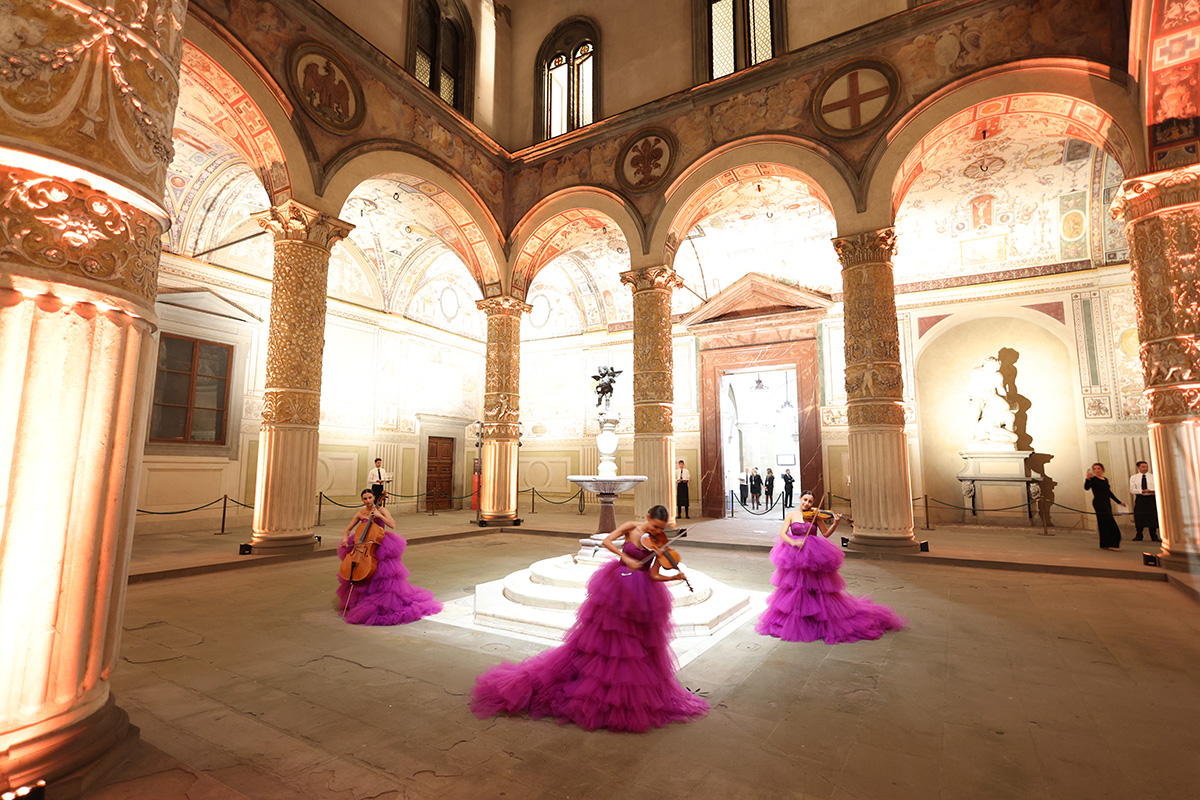
Black Rabbit Projects perform during the Golden Vines Awards Ceremony and Closing Gala Dinner. Photo by Pietro S. D’Aprano
British businessman Lewis Chester created the most glamorous event in the wine world. He reveals the history and inspiration for the Golden Vines awards

Lewis Chester. Photo by Murray Ballard
My wife, Natalie, hates going to wine events. She finds them boring. Stiff, average food, staid surroundings, too much wine talk, too little fun. For me, as a self-professed wine geek, and longtime collector and lover of all things wine, there was only one way of getting Natalie to a wine event: create one for her. Incredible venues, world-class entertainment, classy crowd, elevated but fun atmosphere – and amazing food and wine.
So it is because of my love for Natalie that Golden Vines, which I started in 2021, is now widely regarded as the world’s best fine wine event. For me, topping last year’s second edition in Florence will be no easy task, given the incredible locations like Palazzo Vecchio, wines like Château Cheval Blanc and Dom Pérignon P2 and entertainment including Celeste. But this is no frivolous activity: we raised over £1 million for the Gérard Basset Foundation to fund educational programmes around diversity and inclusivity in the wine, spirits and hospitality sectors.
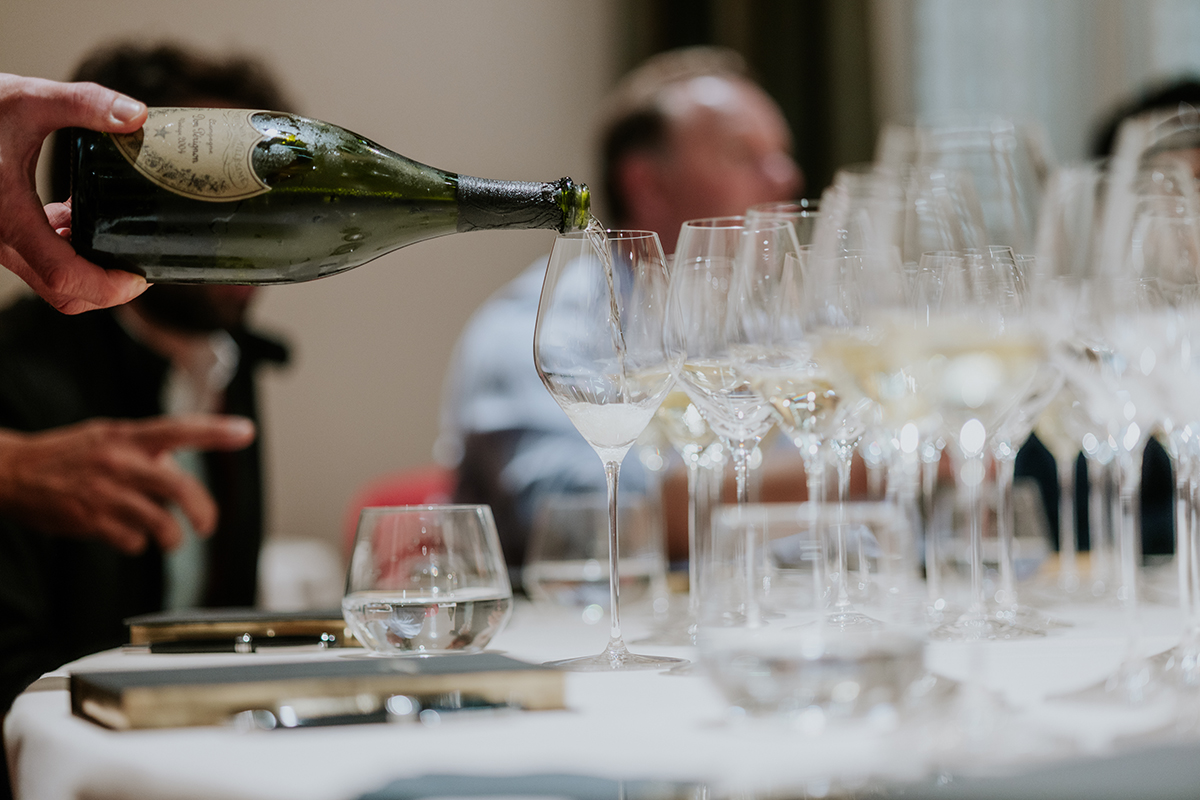
Dom Pérignon held a Masterclass event around the award ceremony
Wine has been an interesting life journey for me. I grew up in a teetotal household in North London. As an undergraduate at Oxford University, to my surprise, no one offered me drugs and I couldn’t find someone to sell me any. So, I created a wine club and never looked back. Then, while studying for an MBA at Harvard Business School, I founded The Churchill Club, a wine, whisky and cigar club.
Follow LUX on Instagram: luxthemagazine
We were the first American university to be sponsored by the Cuban Government to learn about cigars, even though we had to fly from Montreal to Havana as travel from the United States was banned. Post-graduation, I returned to London and started collecting fine wine and rare whisky. My best friend, Jay, is a huge wine collector, and he got me interested in Burgundy wines which is still my favourite wine region. As I like to say, ‘all roads lead to Burgundy’.
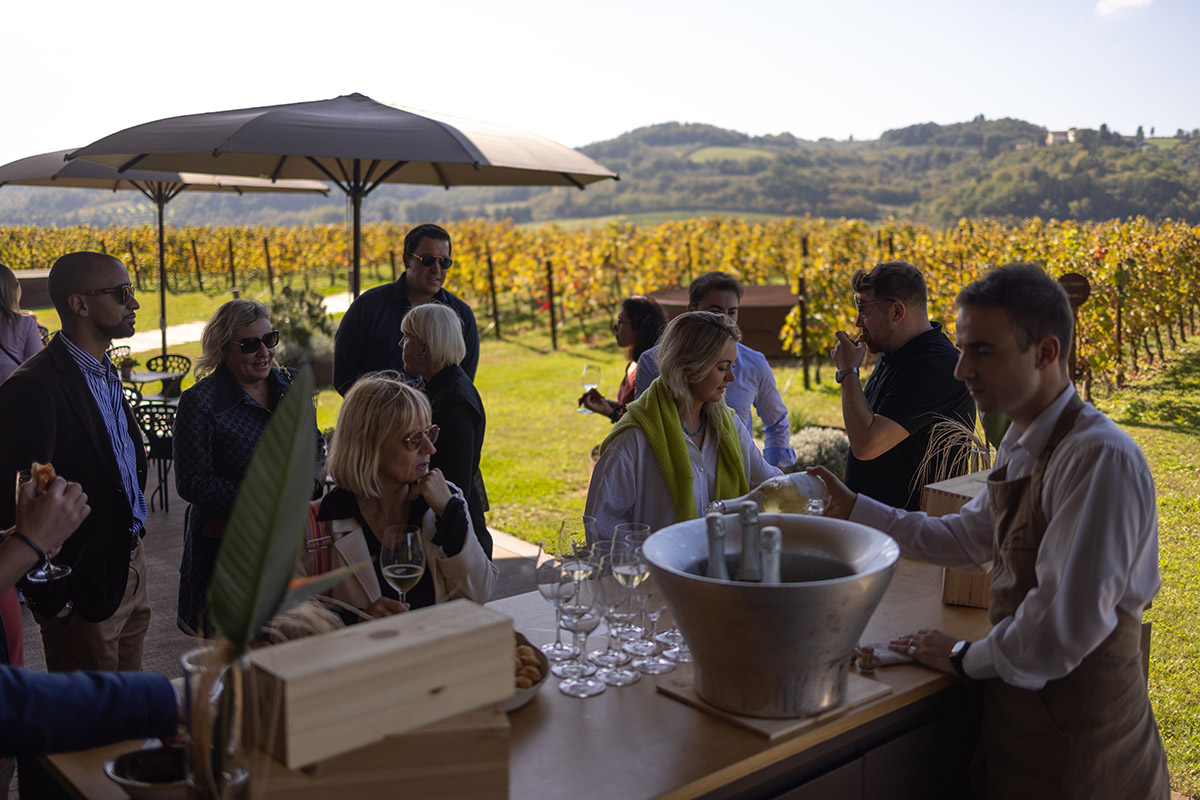
The Marchesi Antorini private visit and lunch that took place around the awards
In the late 2000s, I read an article about Gérard Basset, the only man to hold both the Master of Wine and Master Sommelier qualifications. Gérard had also won the World’s Best Sommelier Championships at his sixth attempt and founded the wine-inspired hotel group, Hotel du Vin. (He had also mentored many of the most prominent sommeliers, restaurateurs and hoteliers working in the UK and France today.) I decided to cold-call Gérard who, to my surprise, answered the phone and invited me down to his hotel, TerraVina in the New Forest. From that moment on, we became close friends and began travelling the world of wine together. Gérard took me to Burgundy, Bordeaux, Champagne, Piedmont and Tuscany. The doors always opened for Gérard, which gave me unique access and insight into the wine world.
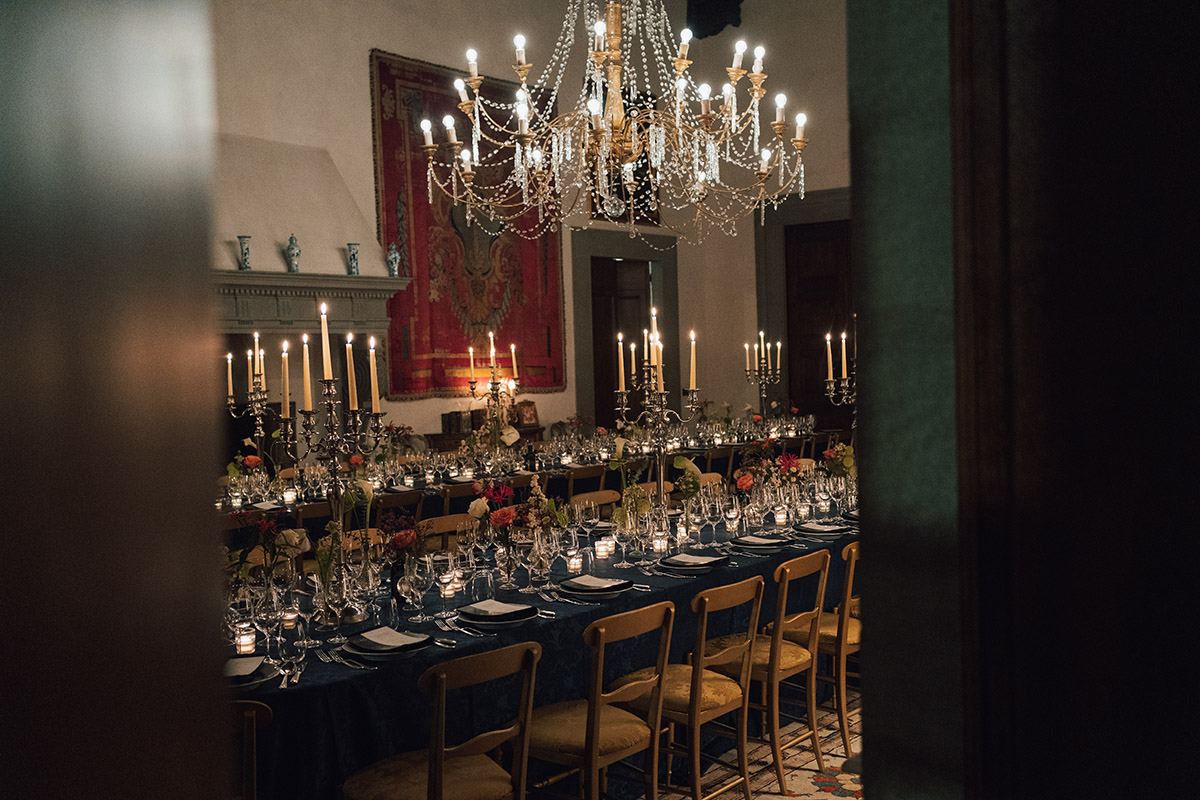
The Marchesi Antinori dinner
Gérard had more wine qualifications than anyone else on the planet. So, after much prodding and encouragement, he convinced me to study wine. “If you want to become one of the world’s great wine collectors”, he told me, “you need to study wine”. I passed my WSET Diploma, won a number of scholarships along the way, and then he pushed me to study for the Master of Wine. At that point, my wife, Natalie, told me “no way”. (Having later read an article showing that there was an usually high divorce rate among those who study for the Master of Wine, she was probably right.)
Gérard was disappointed, but he suggested we start Liquid Icons together as “my alternative MW”. We had no idea what we would do with the company, but thought we would figure it out as we went along. Sasha Lushnikov had been introduced to me by a school friend as a super smart, young entrepreneur and I had brought him into one of my other businesses. I asked Sasha – who, at the time, had no wine knowledge or experience – if he would be interested in being involved in a wine venture with no business plan, no business model and no idea as to what we would be doing. He eagerly accepted!

The Taylor’s Port Golden Vines Diversity Scholarships awarded £55,000 each to three BAME/BIPOC students studying for the Master of Wine or Master Sommelier programmes
The journey began, as it usually does for me, over a drunken long lunch. I had been hosting an annual La Paulée (after-harvest) lunch party for my friends in the wine industry. We decided to poll them on who they thought was making the best fine wine in the world, as well as their views as to future industry trends. Sasha and I then wrote a report called The Global Fine Wine Report based on the poll findings which we distributed for free – another consistent theme of Liquid Icons’ business dealings!
At around this time, Gérard had called me to complain about various ailments, including continuous back pain. After undergoing various tests, he rang to give me the bad news. He had esophageal cancer. I knew enough about this horrible disease to know the story wasn’t likely to end well. And so did Gérard.
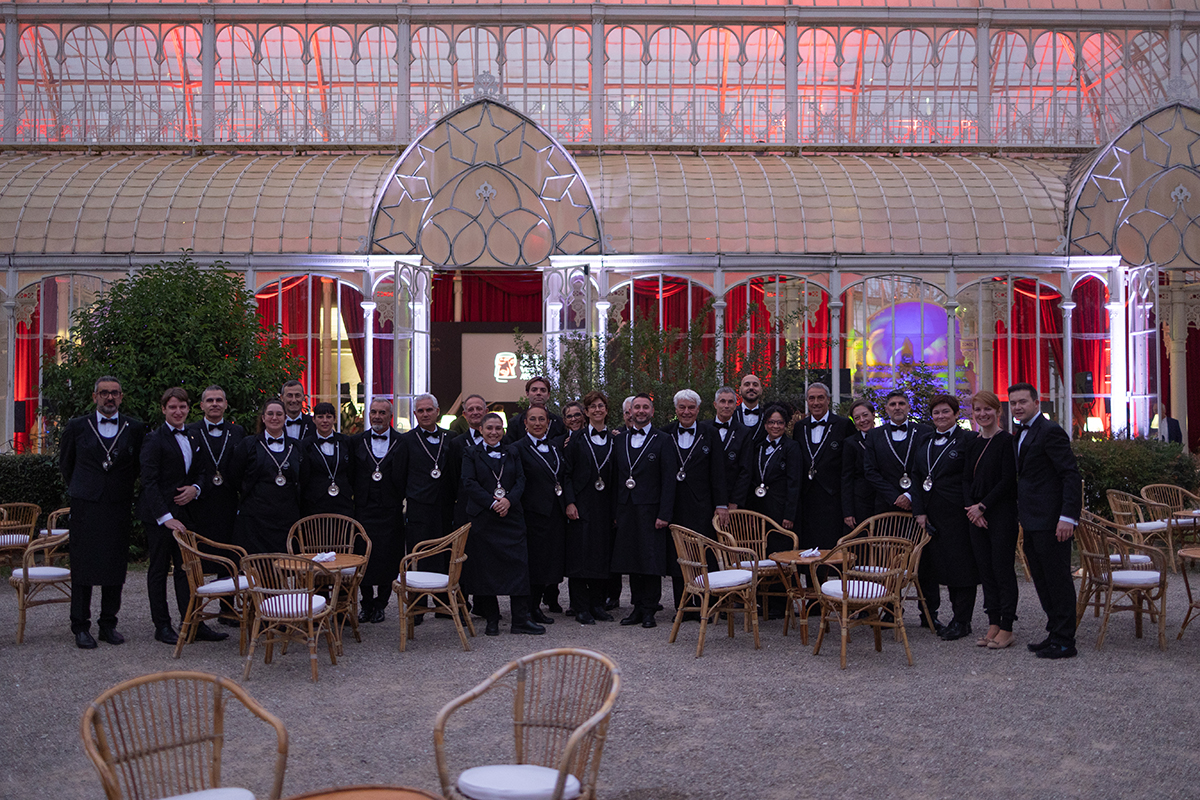
The Dress to Party Charity Gala Dinner took place at Tepidarium Giacomo Roster
Over the next two years’, the renamed Gérard Basset Global Fine Wine Report grew and grew. Hundreds of fine wine professionals – Masters of Wine, Master Sommeliers, merchants, brokers, sommeliers, media and press – contributed to the Report’s findings. Unfortunately, Gérard’s condition – after a brief period of remission in mid-2018 celebrated with a wine dinner at my house on a lovely June evening – continued to worsen.
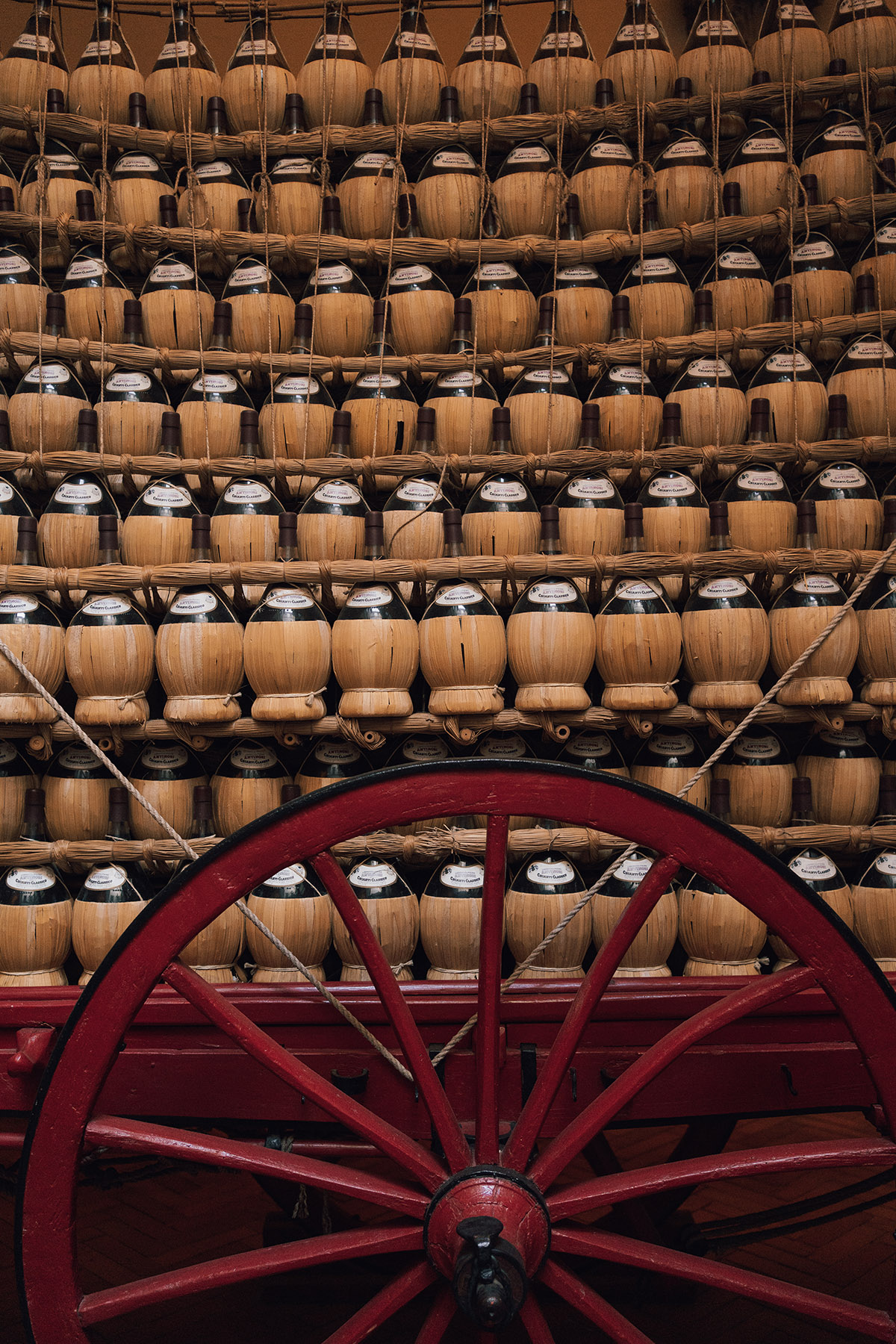
Wines and champagne served at the event include those from Château d’Yquem, Dom Pérignon, Dom Pérignon P2, Domaine Arnoux-Lachaux Echézeaux Grand Cru, Harlan Estate, Krug Grande Cuvée, Krug Vintage, Liber Pater, Taylor’s Port 50-year old Tawny and many others
In early January 2019, Gérard asked me to come down to see him at the hospital in Southampton, knowing it would be the last time that we saw each other. After a few hours of reminiscing, he motioned to his wife, Nina, to leave the room so we could chat. As he asked me to keep the conversation confidential, I have never disclosed it to anyone, other than to say that it was Gérard who was the inspiration behind the Golden Vines and the Gérard Basset Foundation. Gérard passed away on Wednesday 16 January 2019. He was 61 years’ old. His passing was greatly mourned by the entire global wine and hospitality industry.
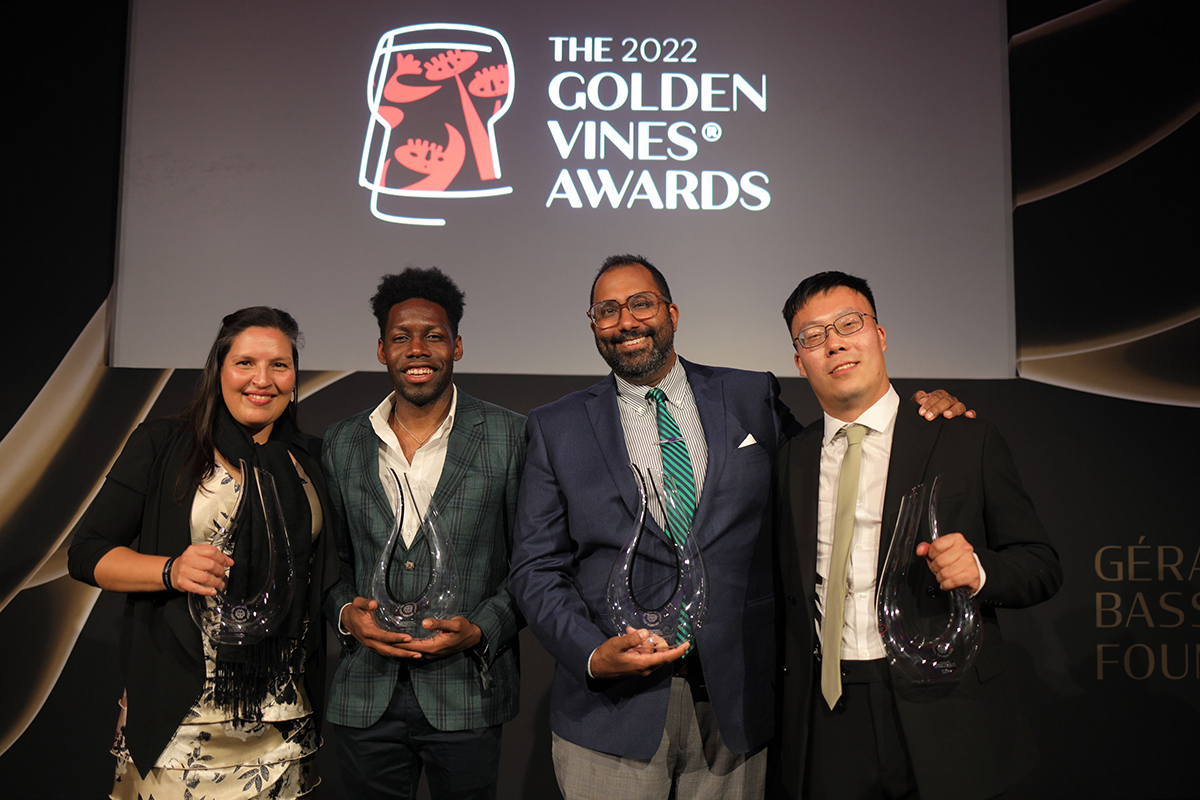
The 2022 Taylor’s Port Golden Vines Diversity Scholarships was awarded to Jarret Buffington, Sandeep Ghaey and Carrie Rau
From that point on, I was on a mission to create a lasting legacy for Gérard, and one that would involve Nina and his son, Romané. I just didn’t know what it was going to be. Sasha and I had many ideas. But none of them stuck. Then, in early June 2020, we went to lunch with my friend, Clément Robert MS, who was running the vast fine wine programme for the Birley Clubs and Annabel’s. Getting mildly drunk over a vertical of Trimbach’s legendary dry Riesling, Clos Sainte Hune, I started to pitch the outline idea for the Golden Vines. “Dude, why don’t we take the winners in the Gérard Basset Global Fine Wine Report, and create the Oscars of Fine Wine? It’s never been done before. And let’s do it in a way that Natalie will want to come”. Sasha then suggested we raise money for charity in Gérard’s name, which was the hook that took this from a drunken thought to the exciting idea that we had both been looking for since Gérard’s passing.
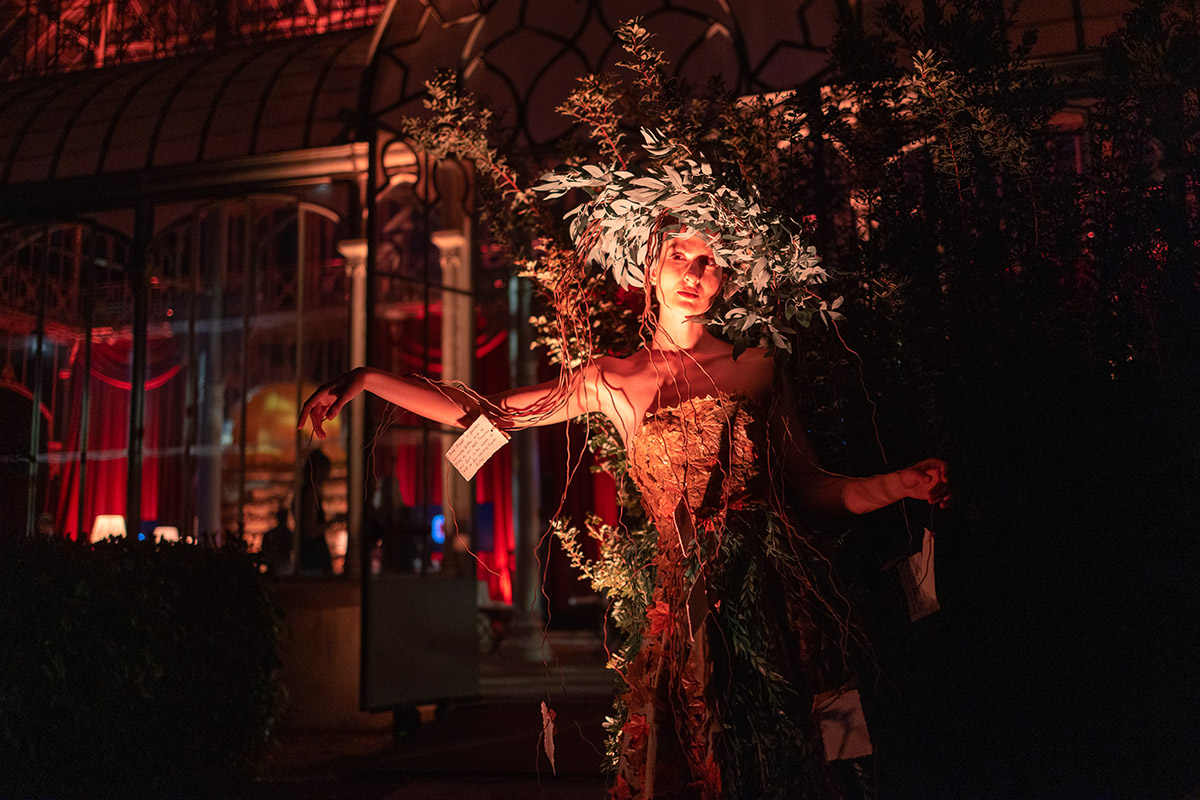
The Gérard Basset Foundation was set up to honour the legacy and memory of Gérard Basset OBE MW MS by addressing the wine industry’s most pressing issues of diversity and inclusion
Clément loved the project and introduced me to Richard Caring, the billionaire tycoon of Annabel’s Private Members Club in Mayfair. Richard agreed to give us use of the Club pro bono for the new charity. Simultaneously, Nina and Romané agreed to get the paperwork started to form the Gérard Basset Foundation.
Read more: A tasting of Vérité wines with Hélène Seillan
We chose educational programmes aimed at diversity and inclusion in the wine (and later, spirits and hospitality) sector as we thought that it was a huge problem in the industry and one that Gérard would have keenly supported. Nina reached out to Jancis Robinson and Ian Harris, CEO of the Wine and Spirits Educational Trust, and soon the Foundation was formed with a great group of Trustees who all knew and loved Gérard; and the rest is history.

Gérard Basset © Liquid Icons
The third edition of Golden Vines will be held in Paris in October this year. Like most of the best things in life, entry is expensive, but the £10,000 ticket price will be covered alone by the pouring of Liber Pater, the world’s most expensive red wine on release (€30,000 per bottle).
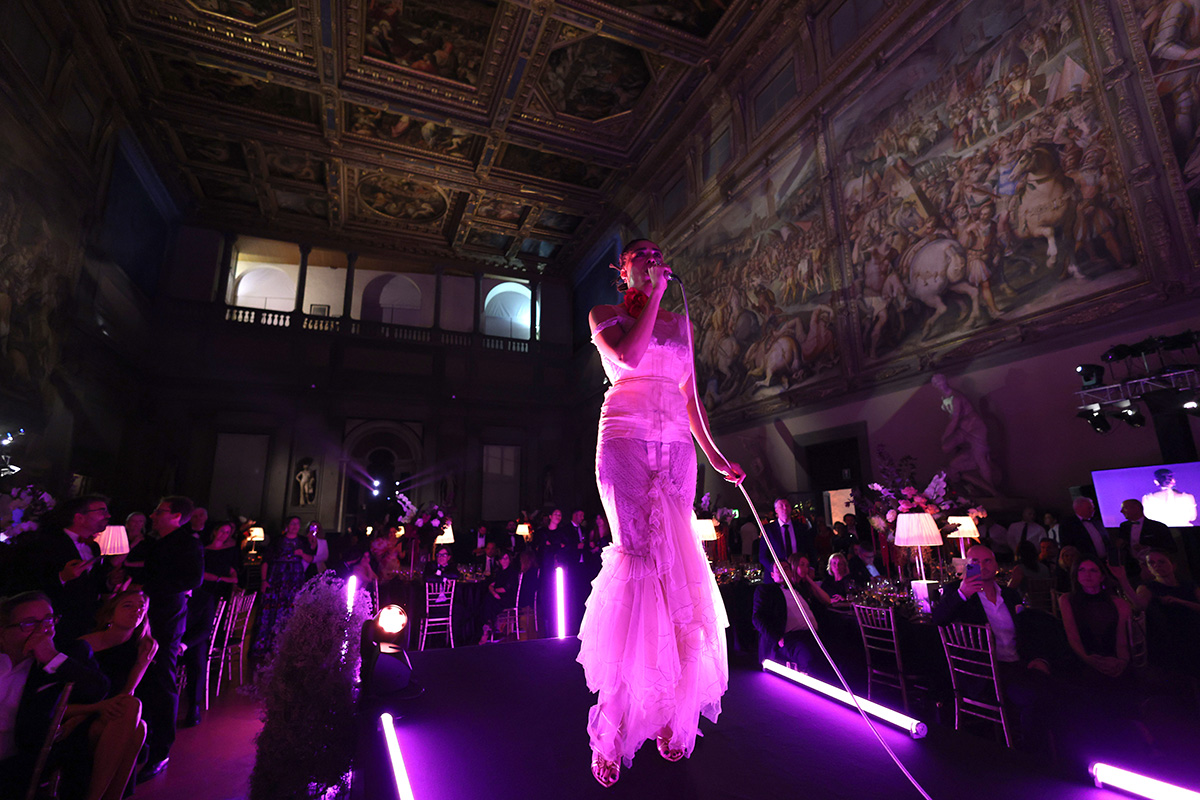
Celeste’s performs during the Golden Vines Awards Ceremony And Closing Gala Dinner at Palazzo Vecchio, 2022. Photo by Pietro S. D’Aprano
Culinary creations will be provided by a collaborative ‘Four-Hands’ partnership of legendary three Michelin star chef Alain Ducasse and two Michelin star chef Akrame Benallal, one of the rising stars of the global fine dining scene. Interestingly, Ducasse will actually be cooking, a rarity for the man with more Michelin Stars in front of his name than anyone else. Family-owned cognac house, Camus, have created an exclusive old cognac blended by the other half of the chef duo, Akrame, only available for those attending the event.
There are two galas, taking place at the marvellously exotic Musée des Arts Forains (Museum of Fairground Arts), Les Pavillons de Bercy and the Opéra Garnier. There will also be masterclasses from some of the biggest names in the wine world.
Find out more: liquidicons.com
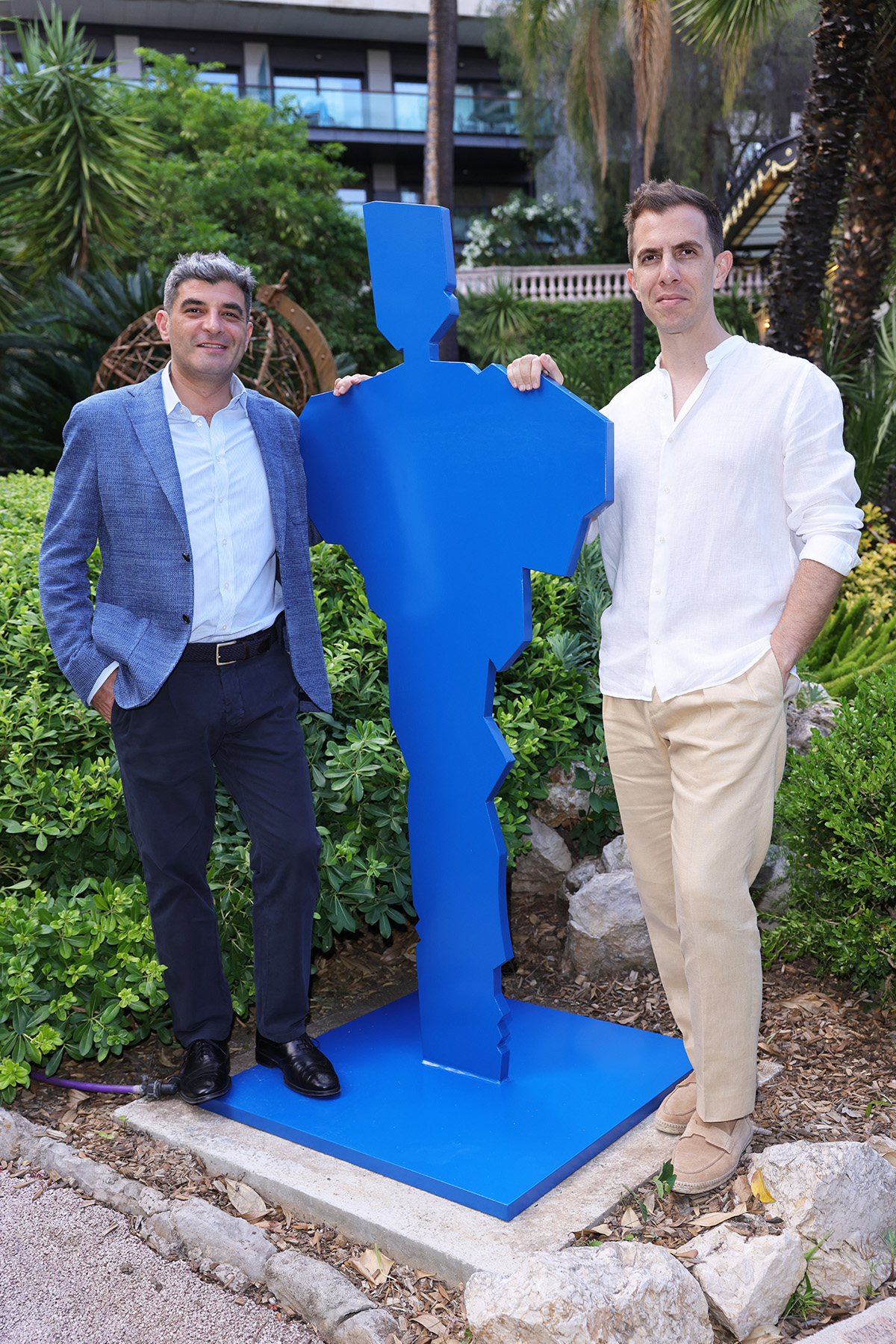
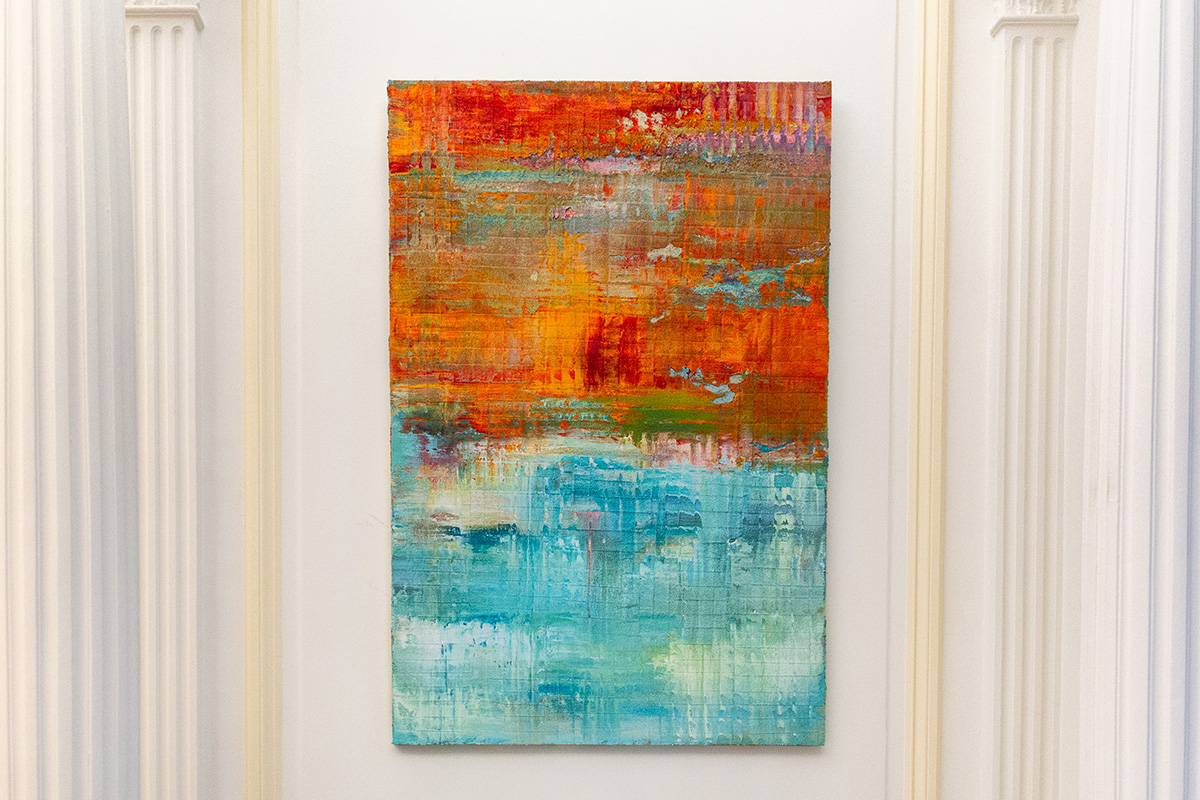
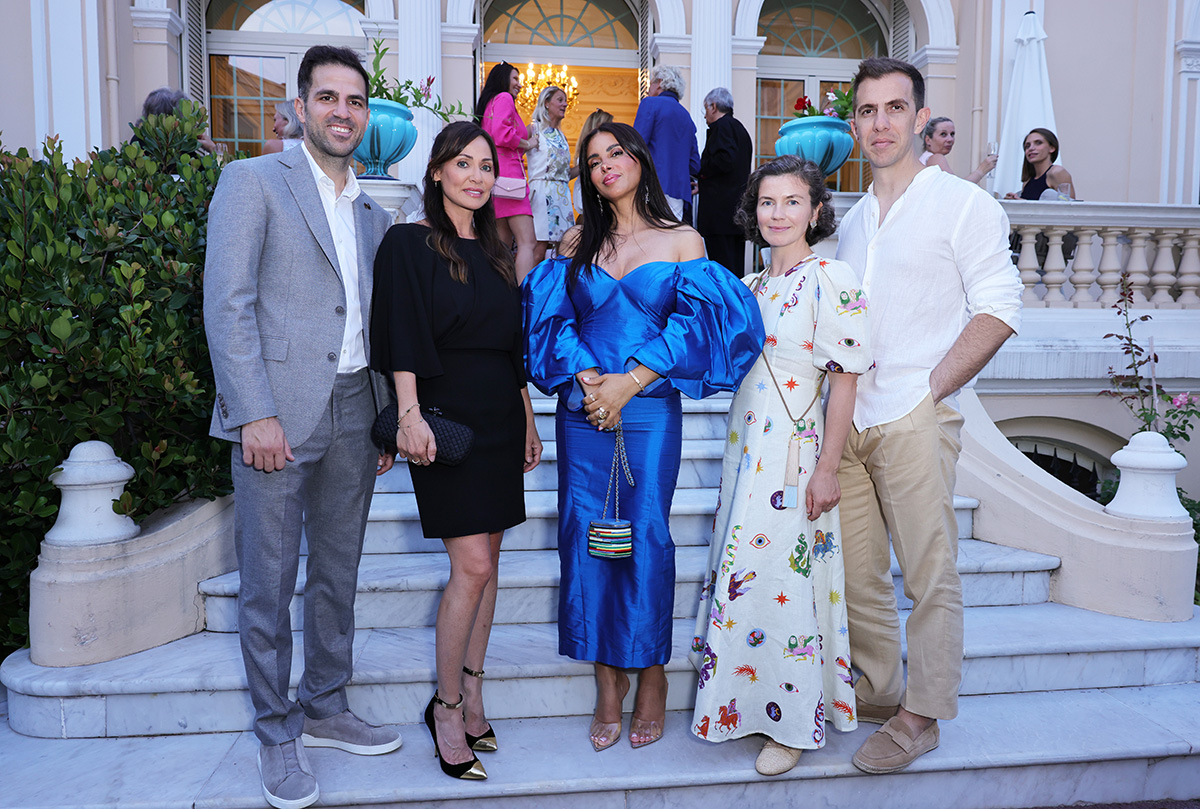
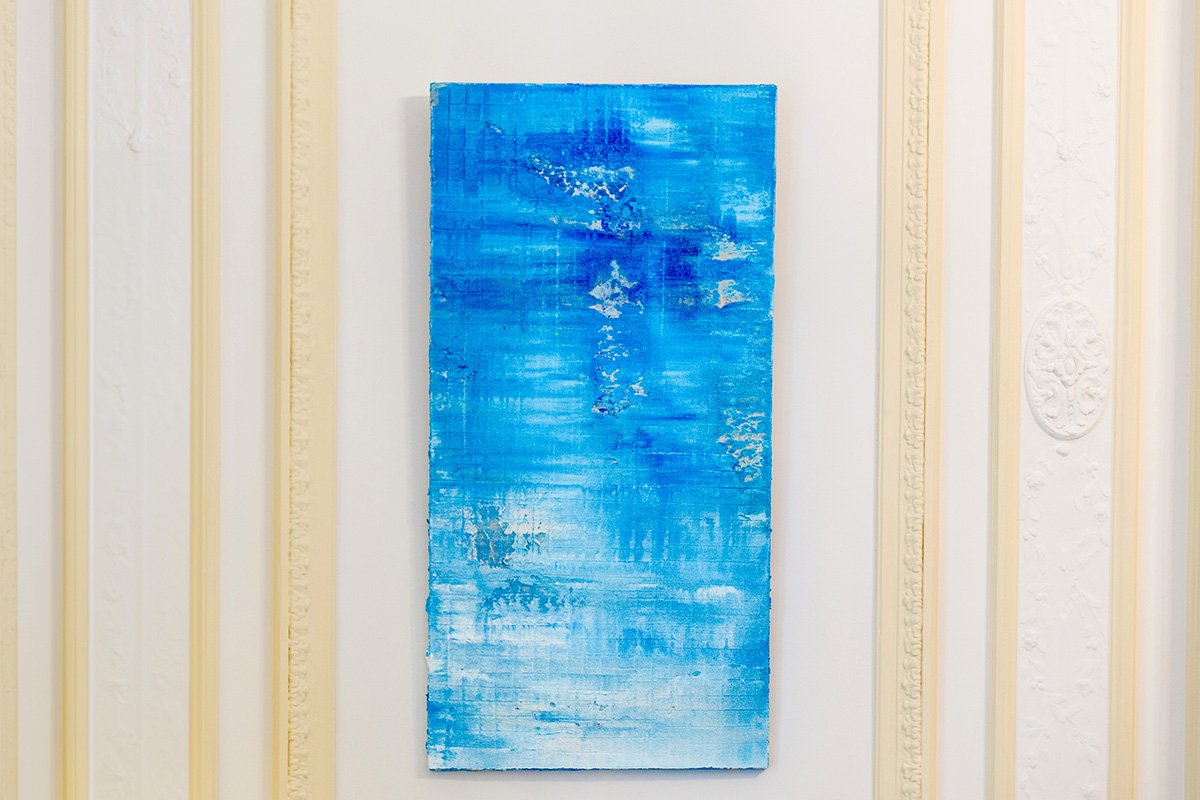
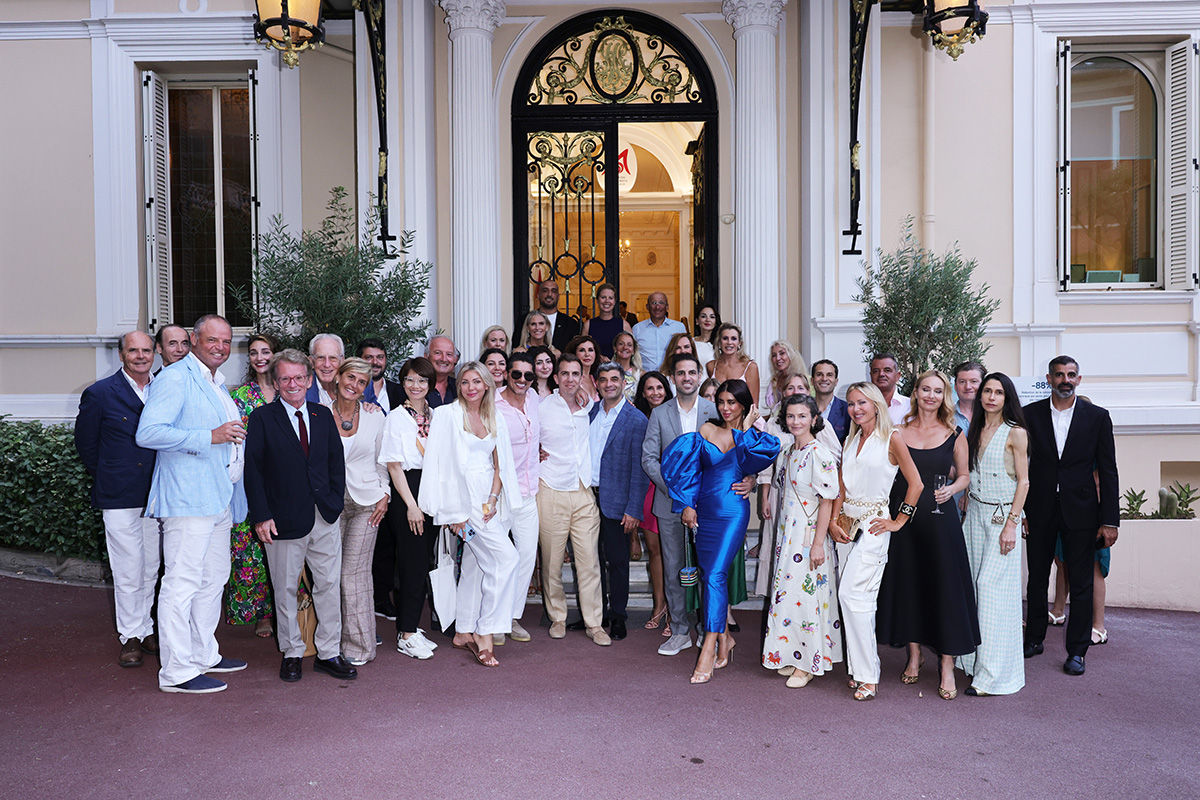





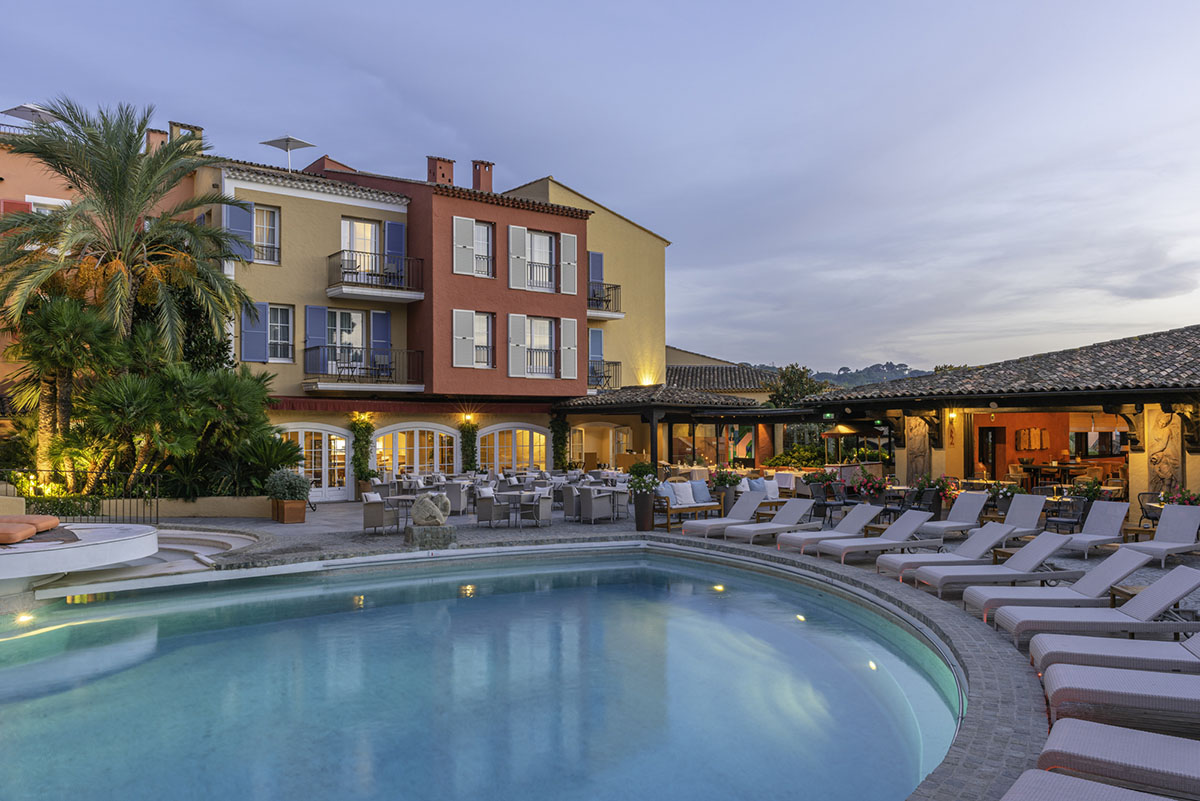
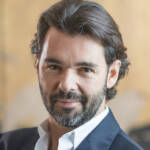
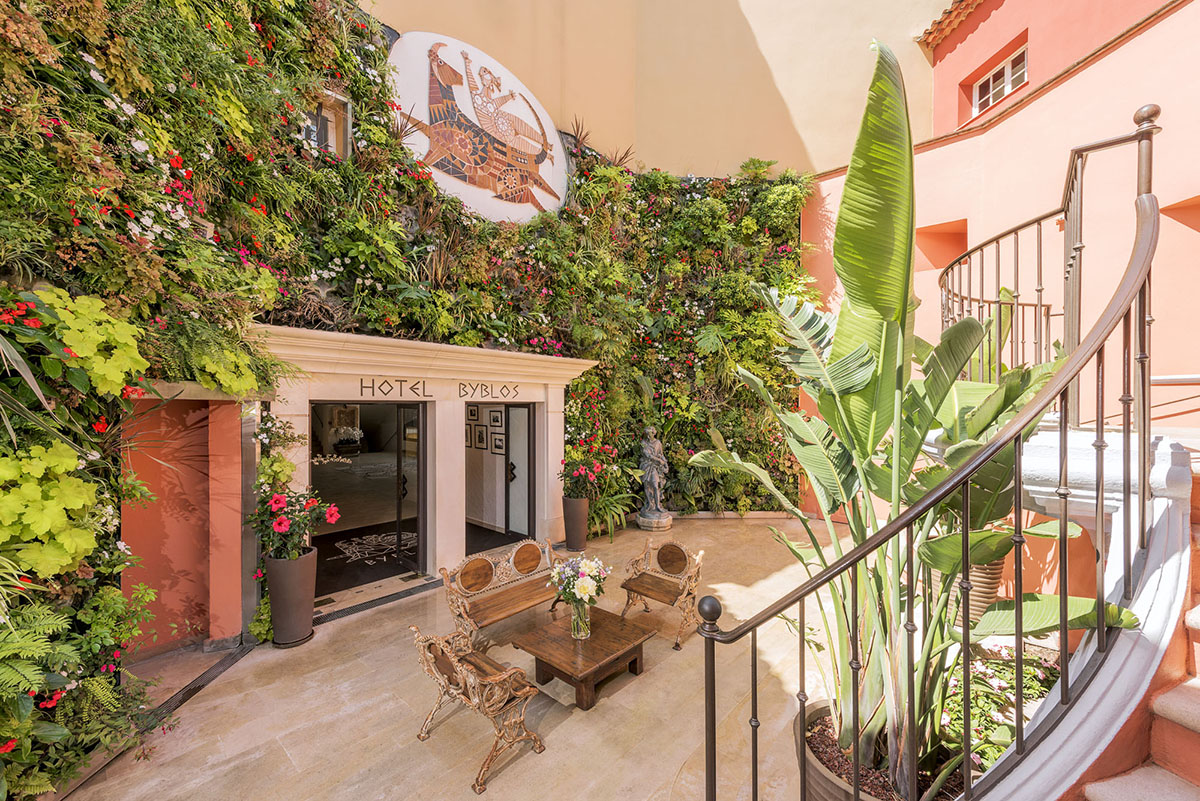
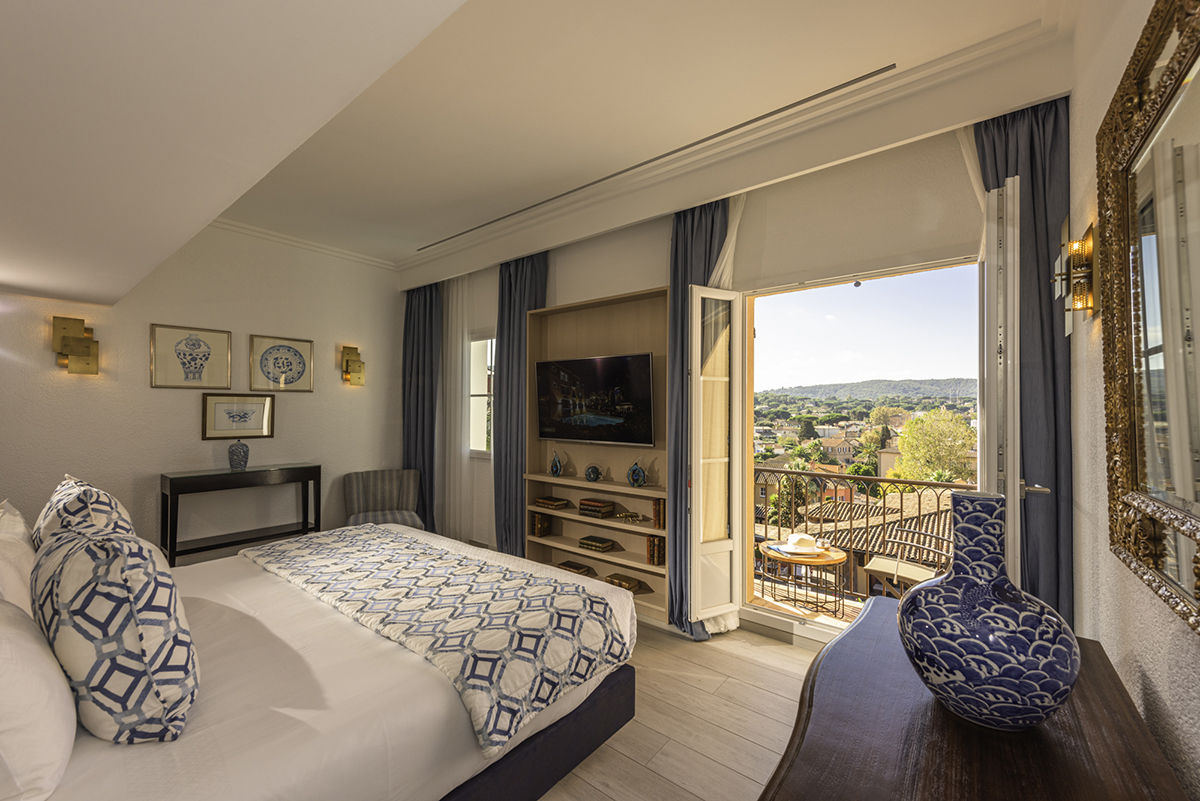
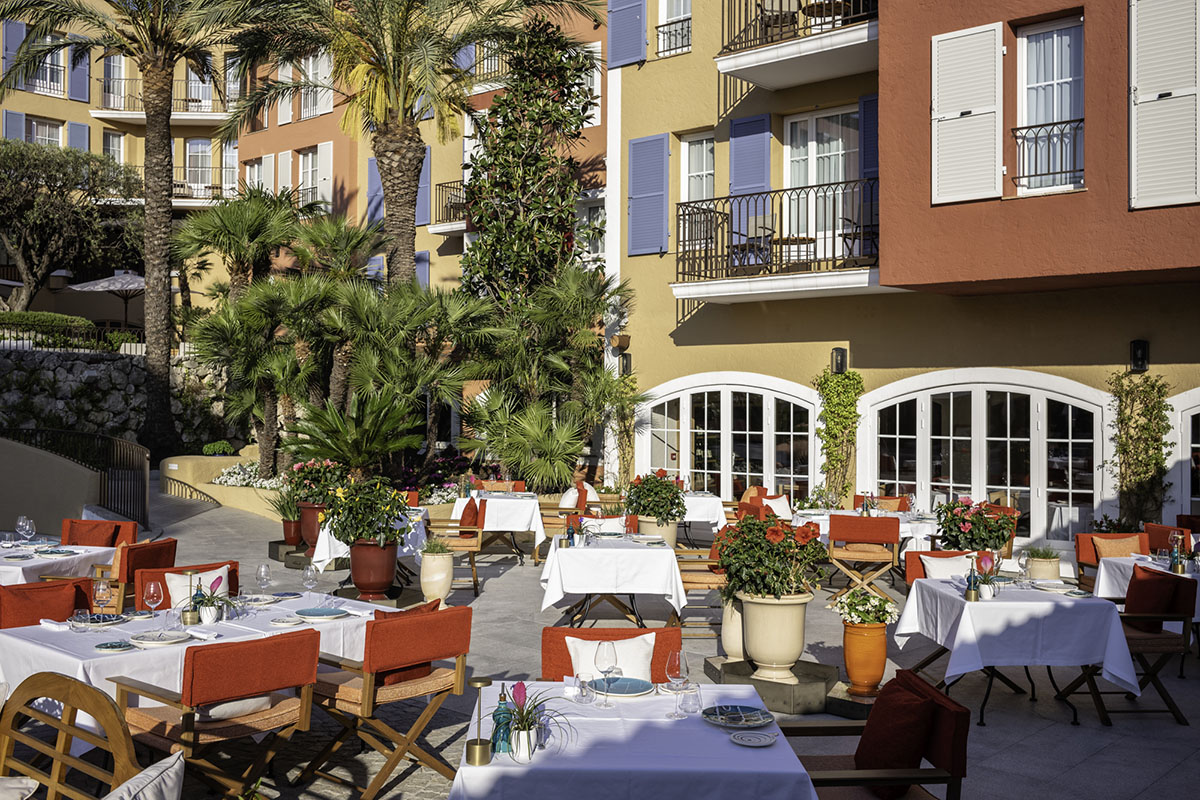
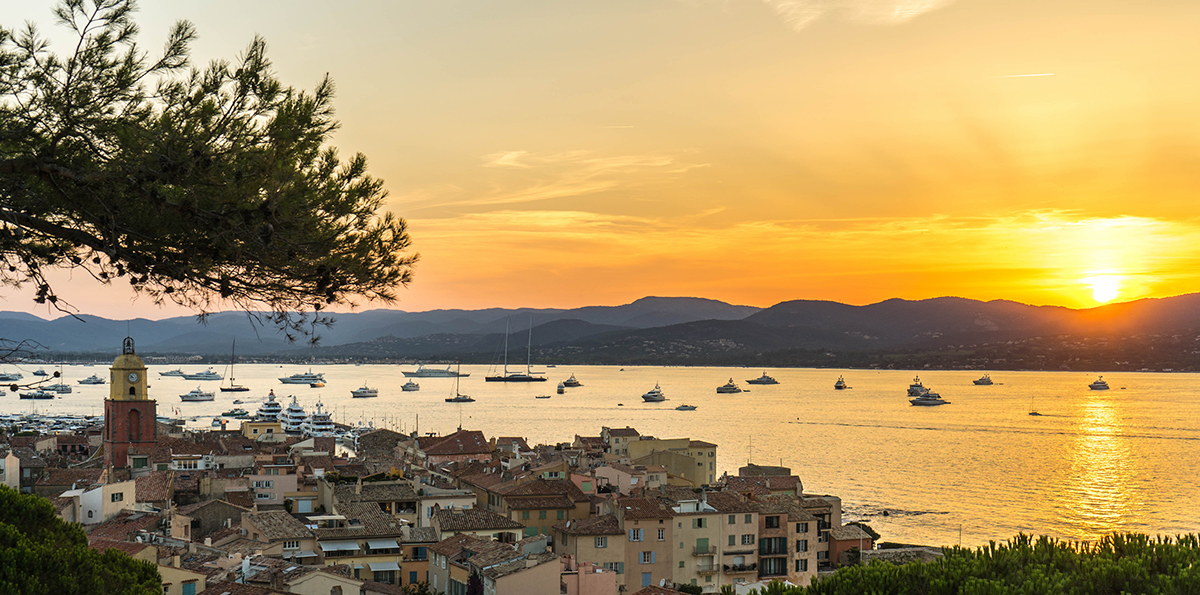
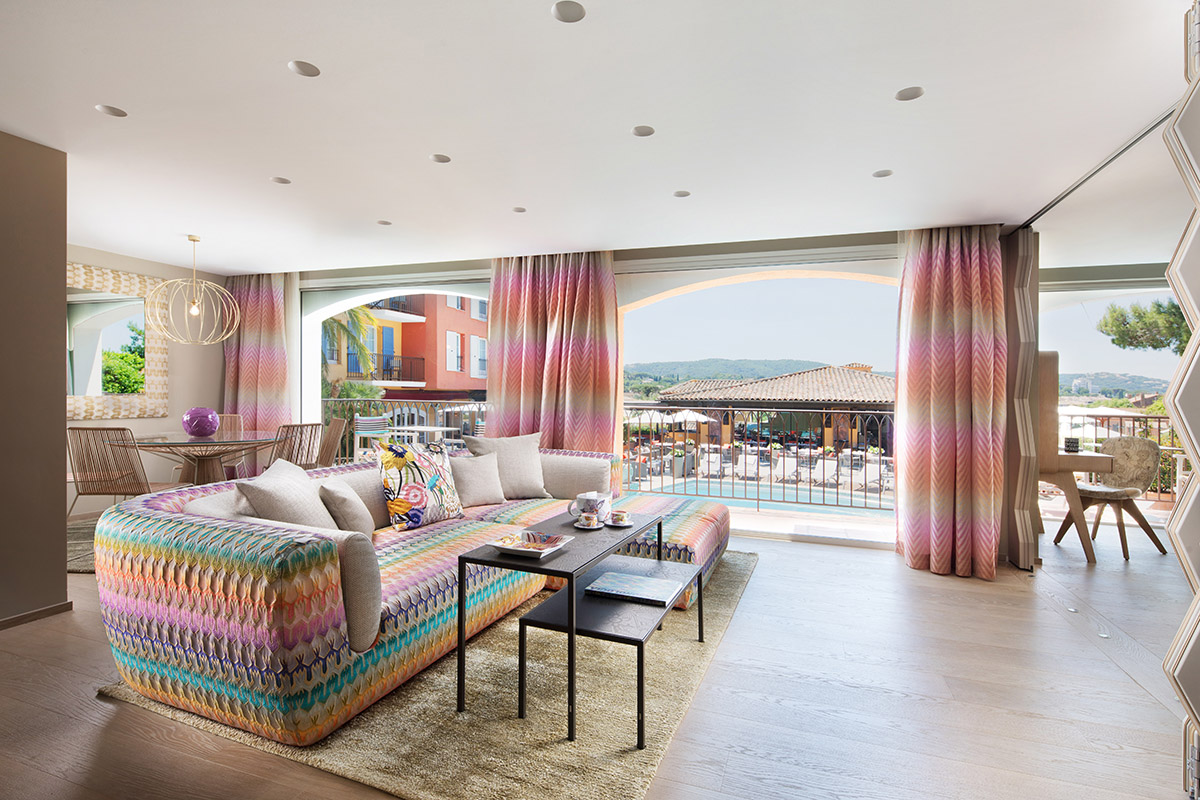
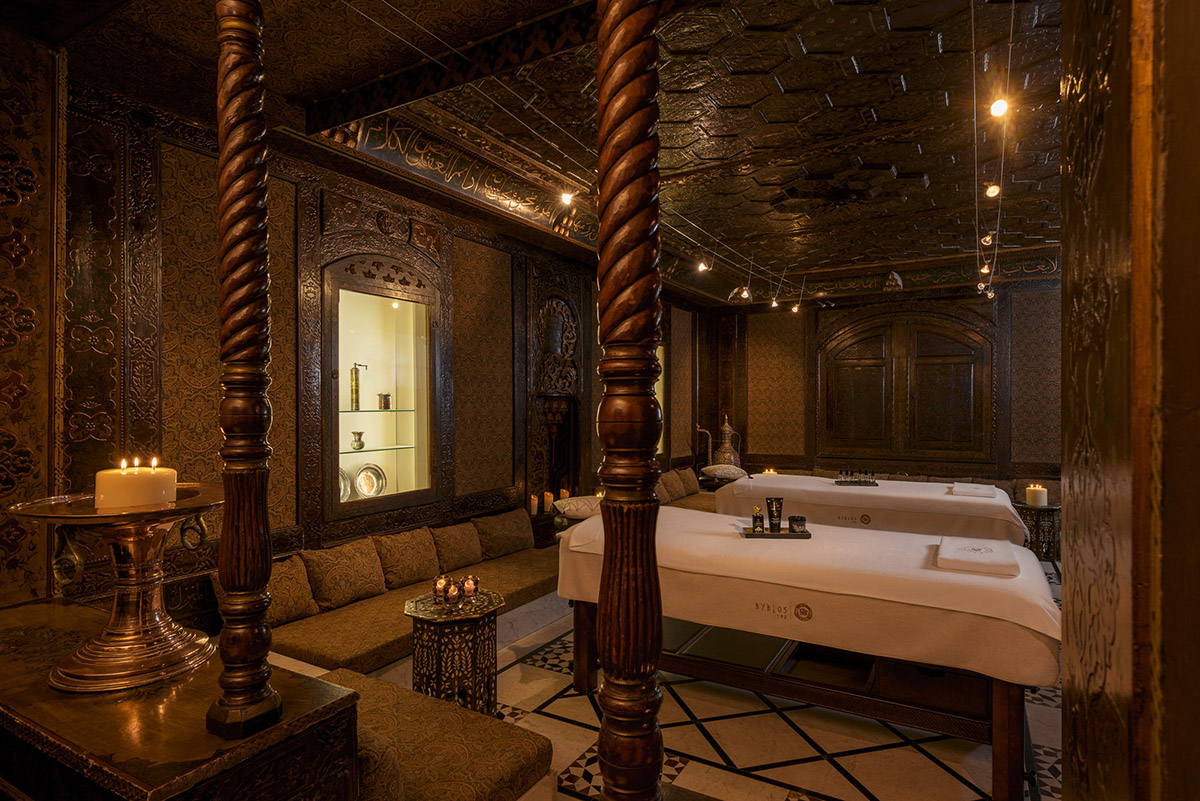
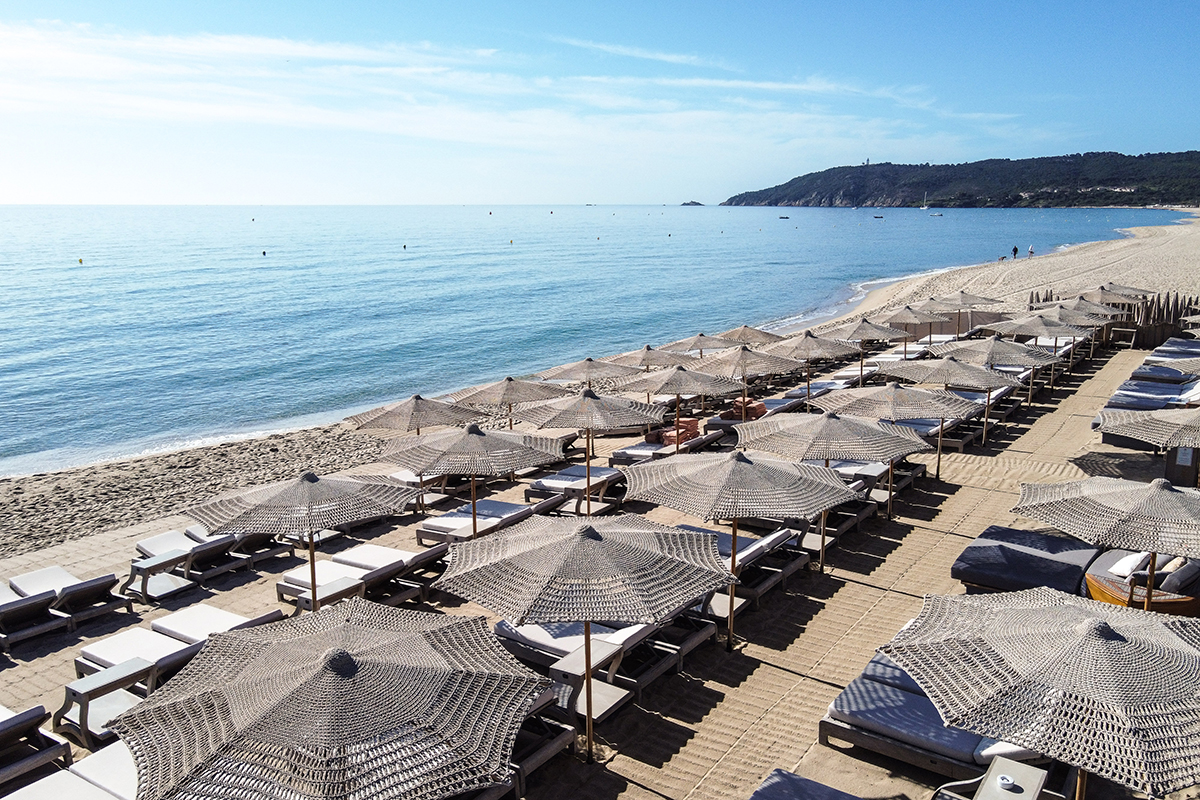
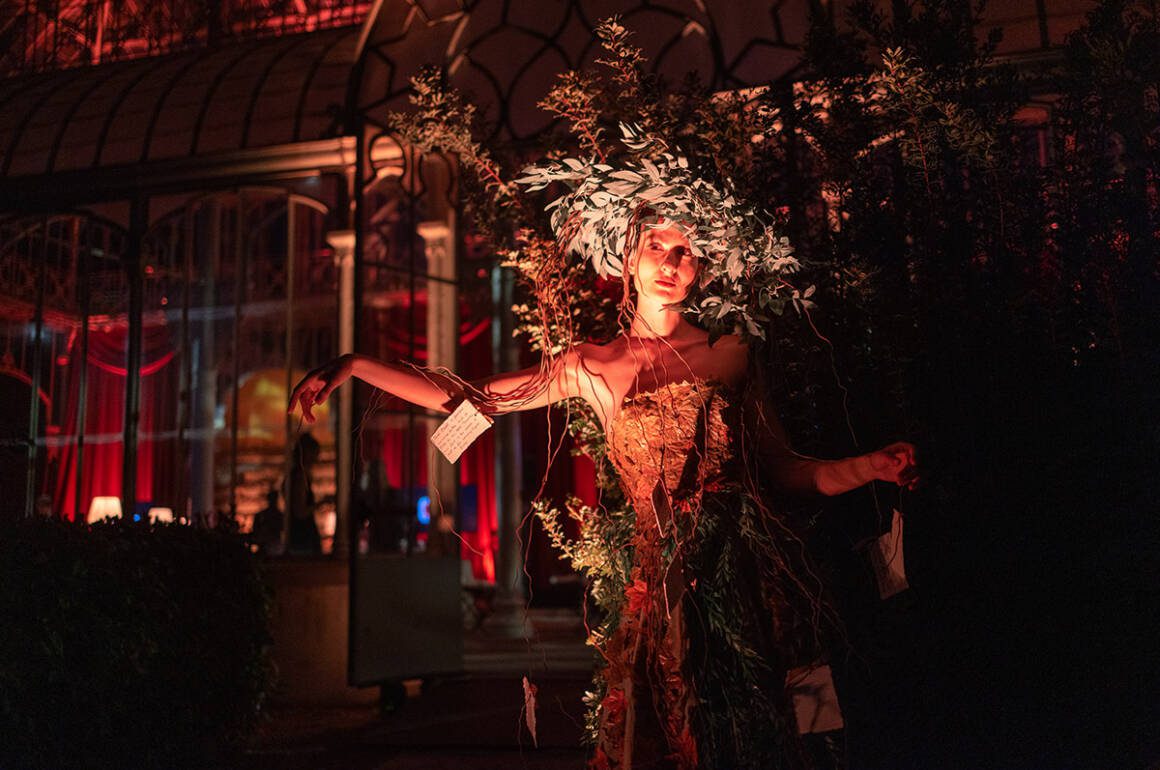











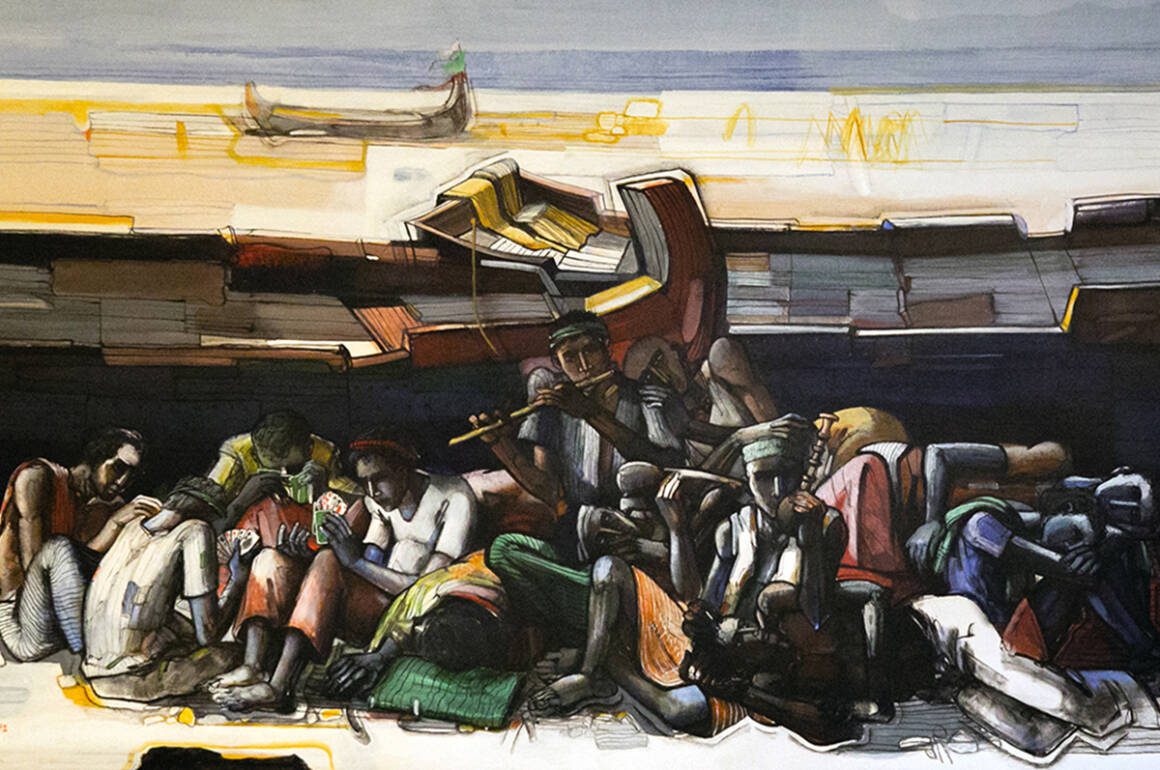
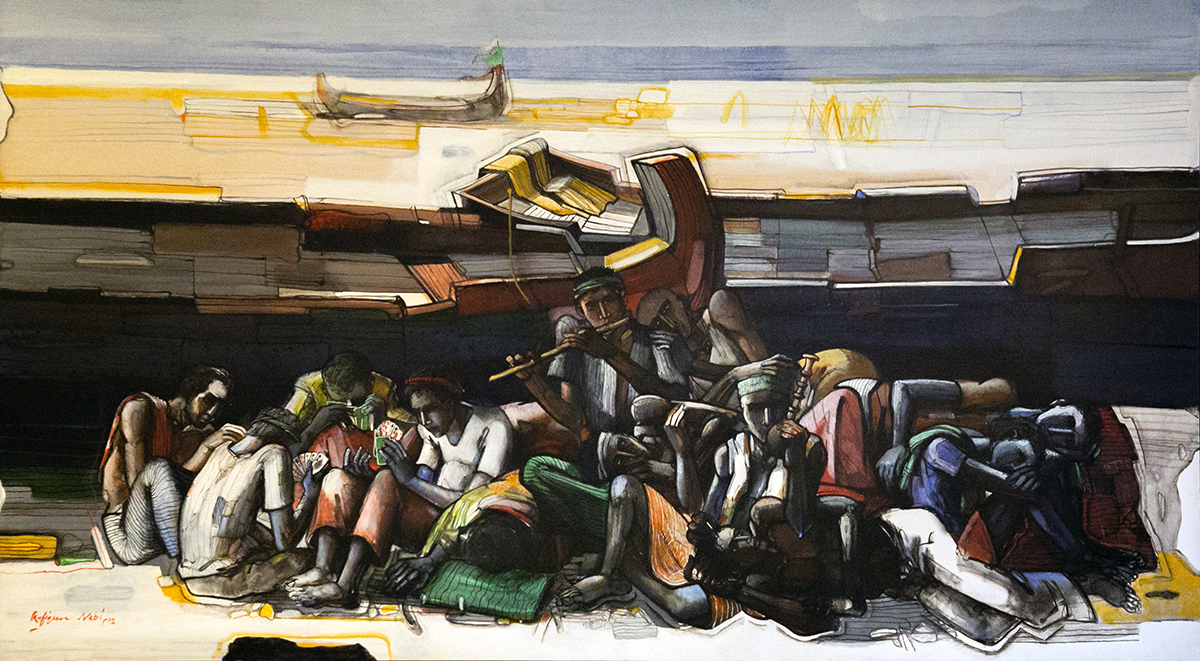
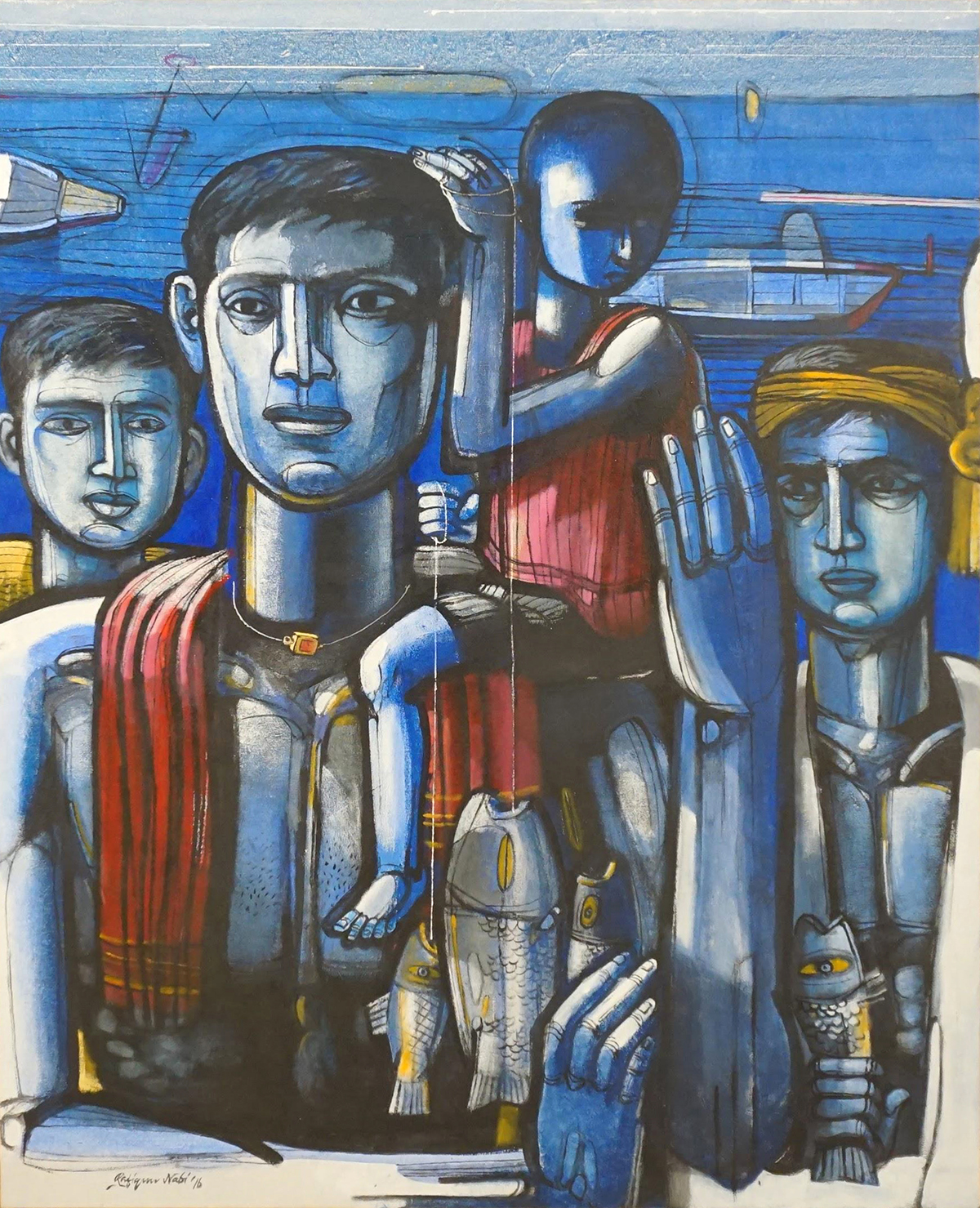
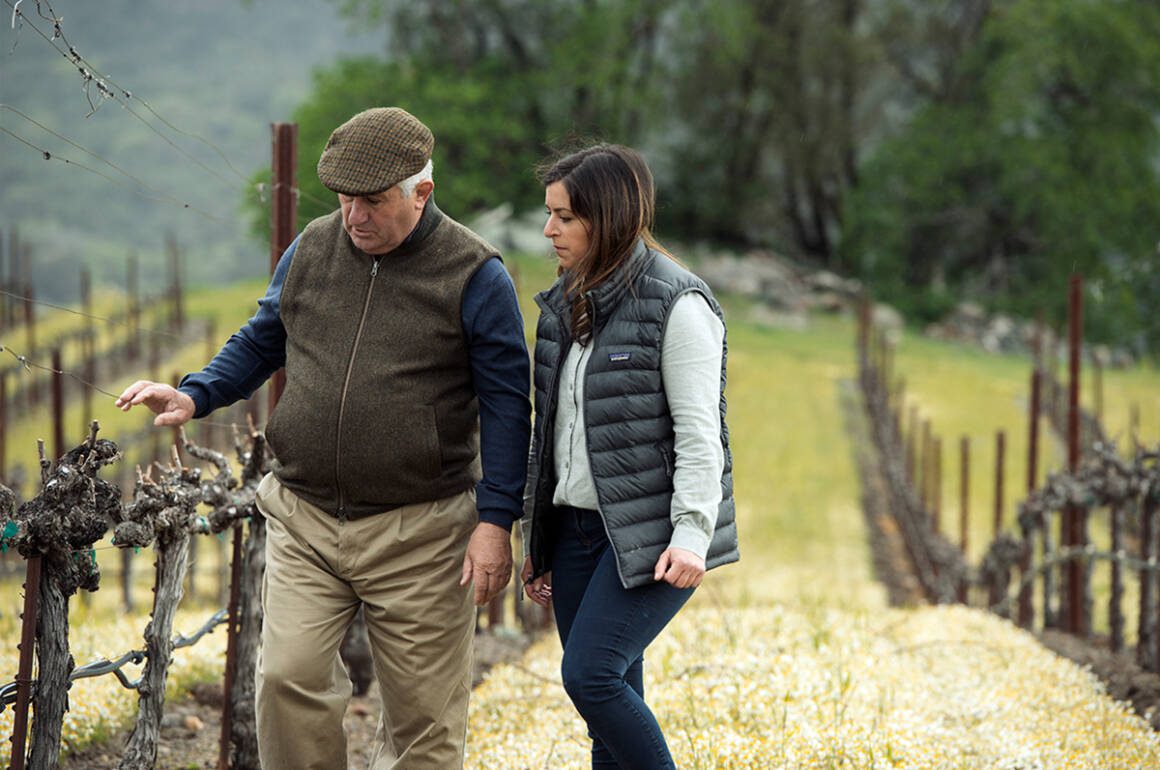
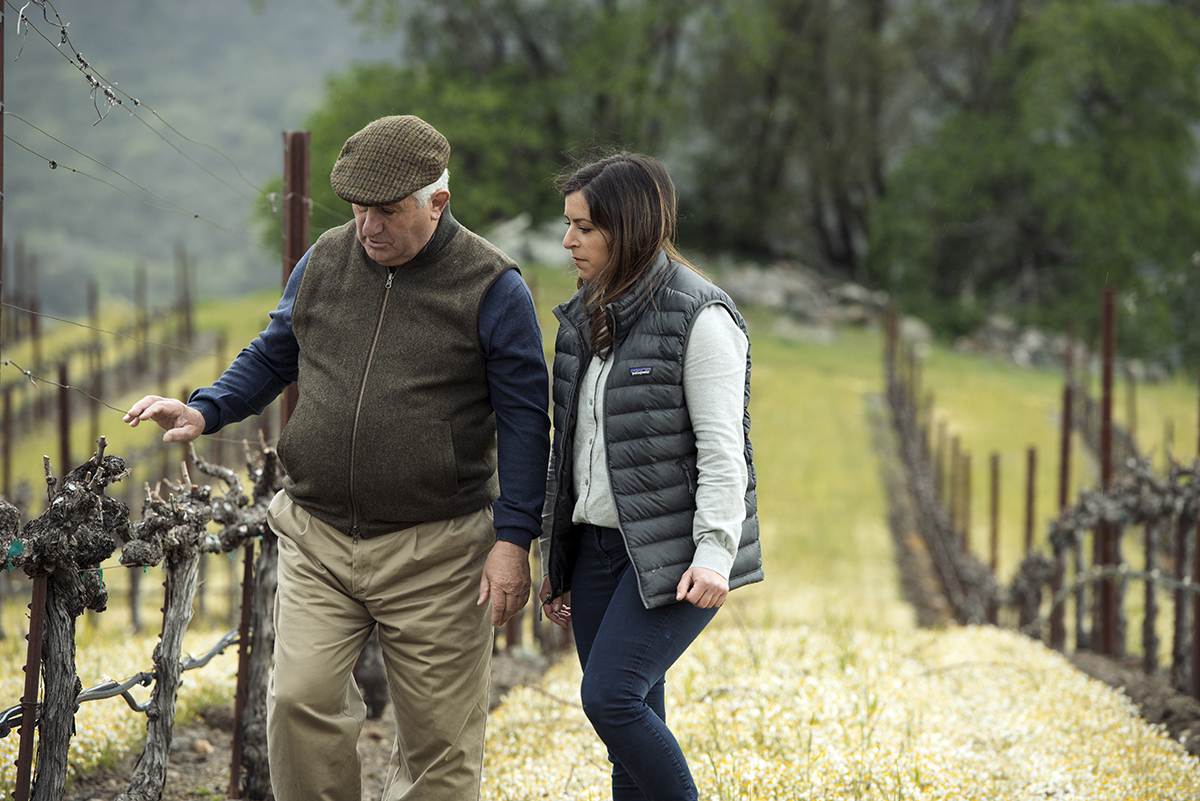
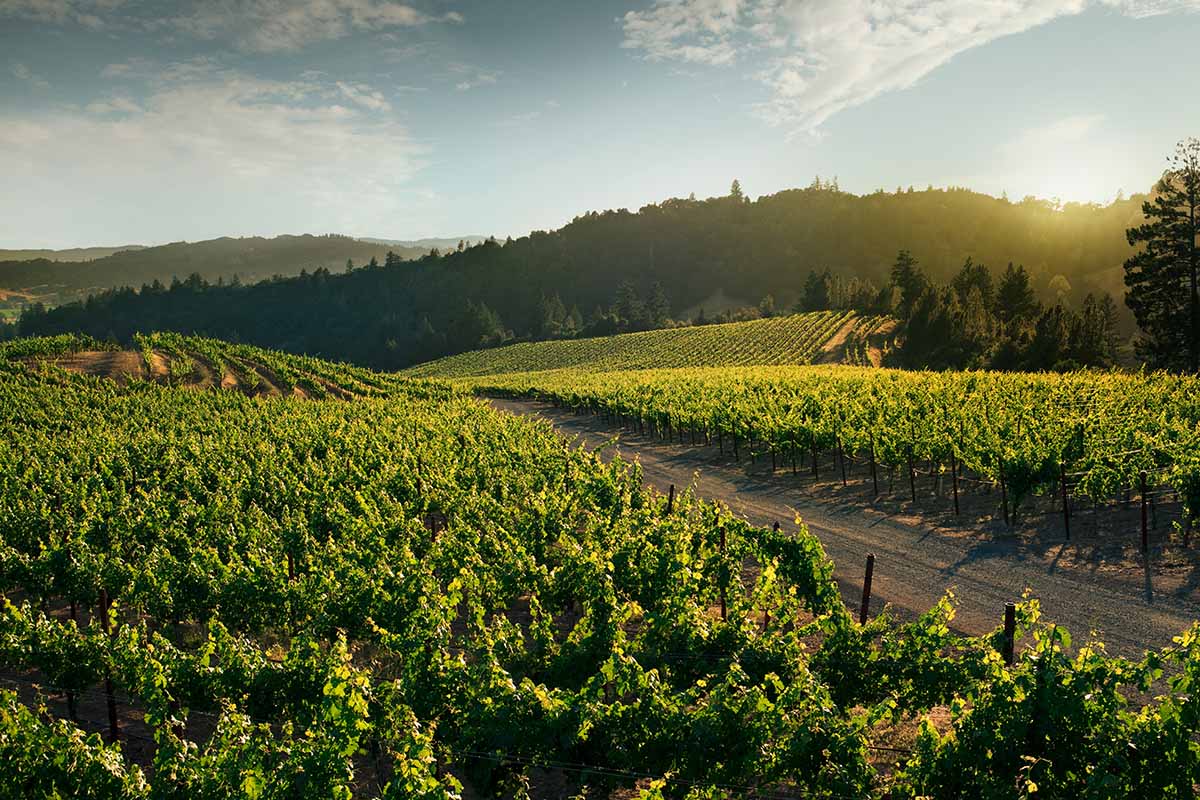
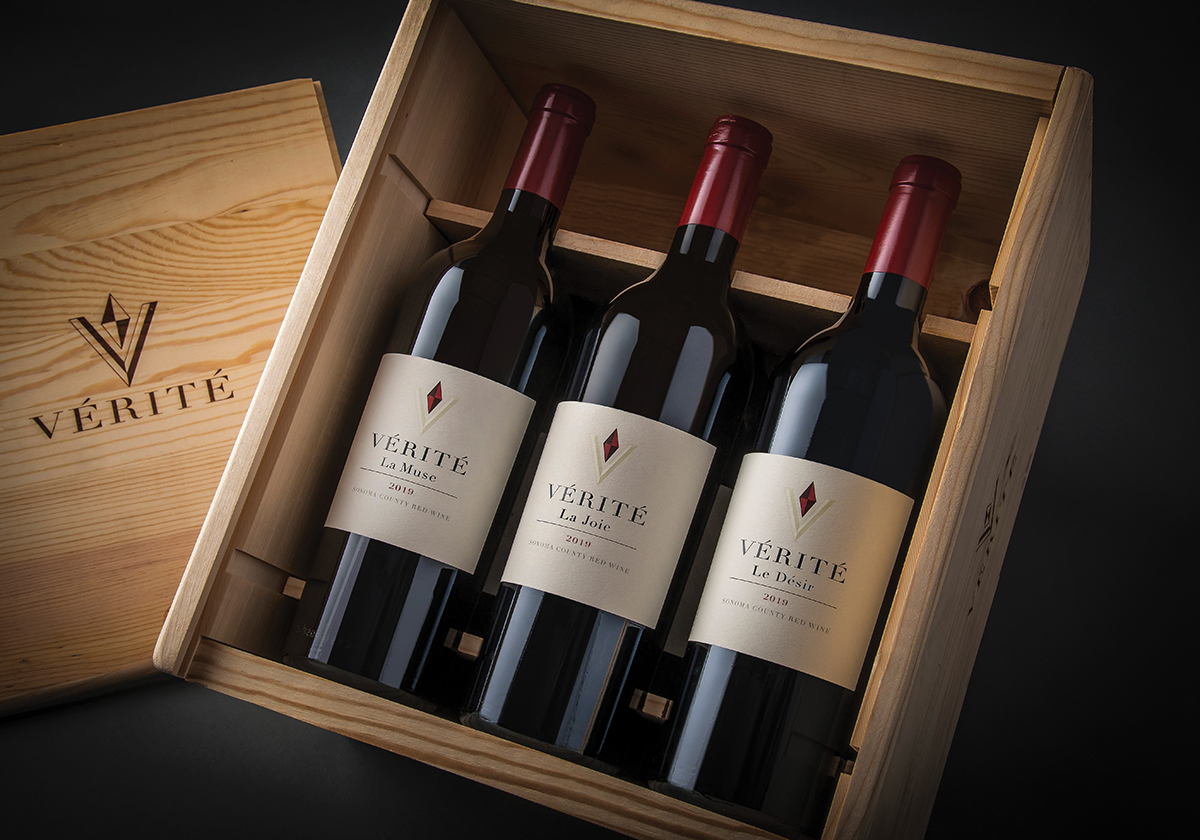
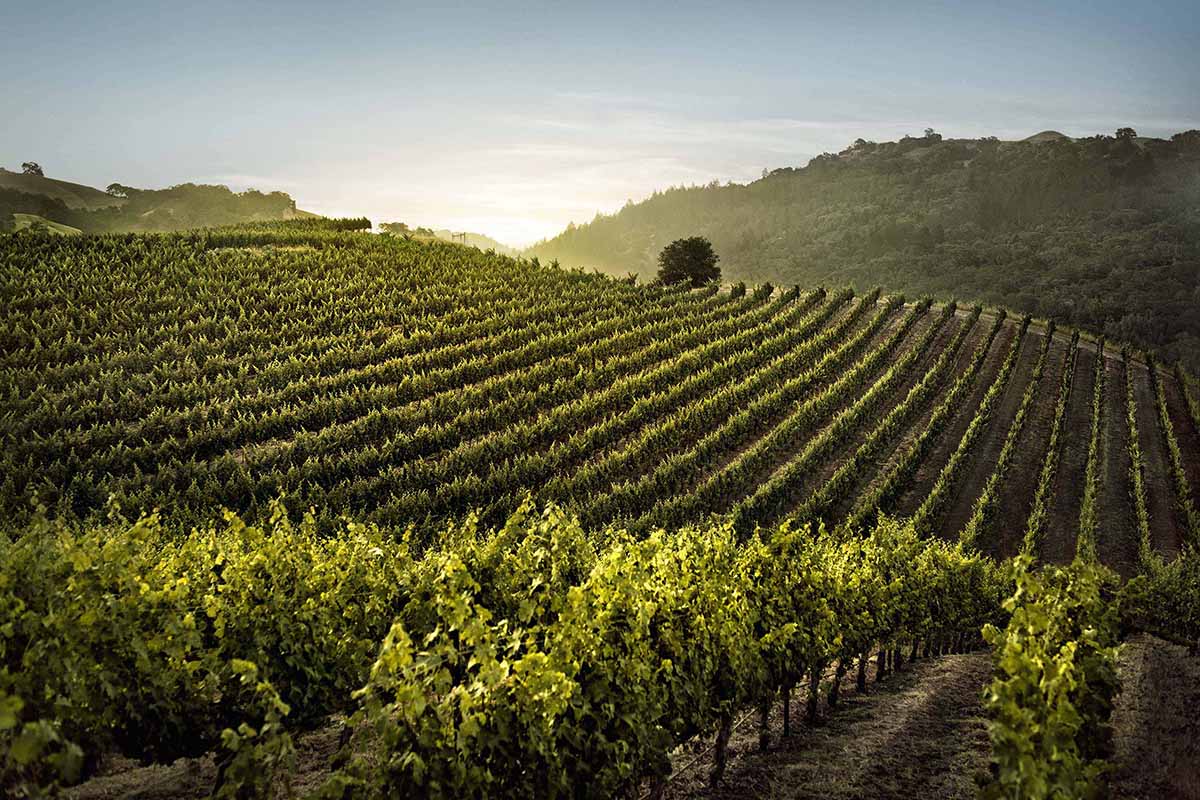
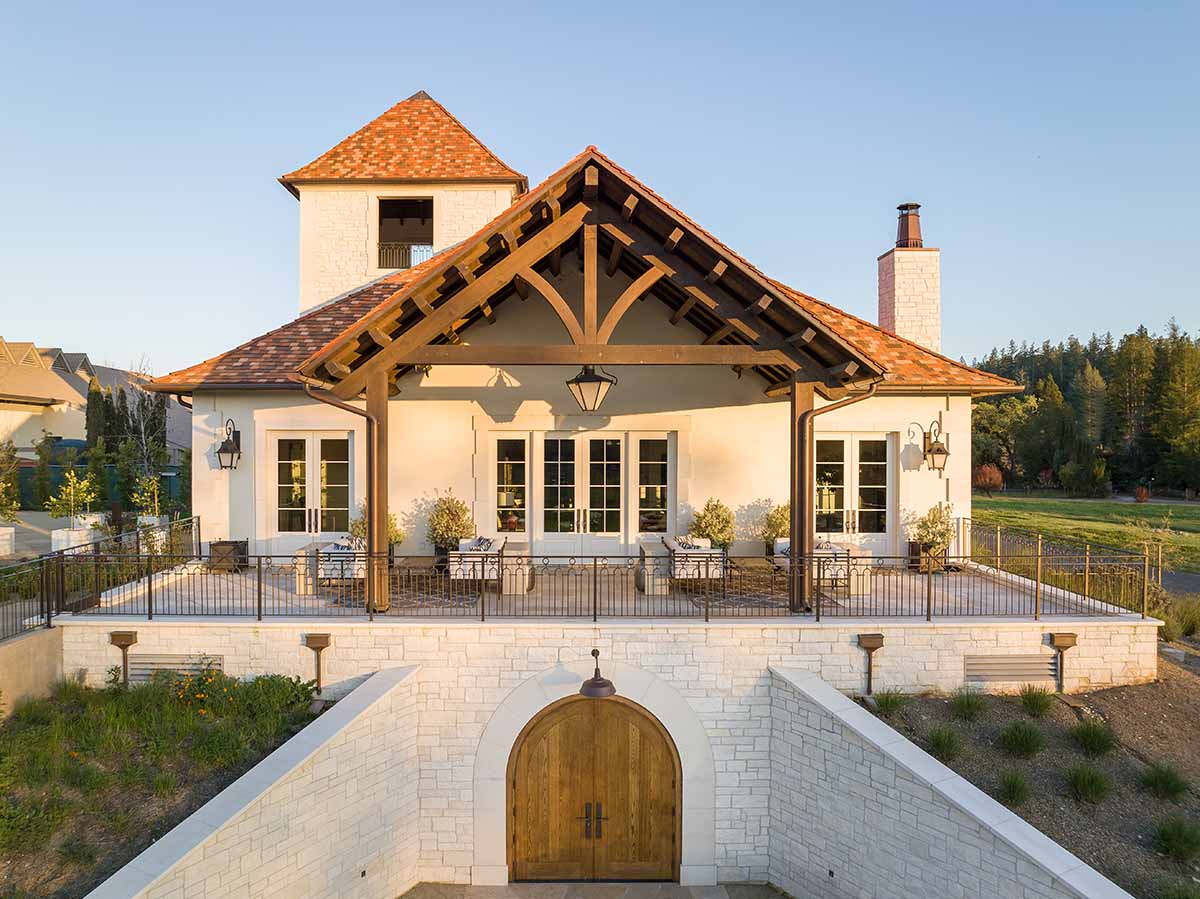

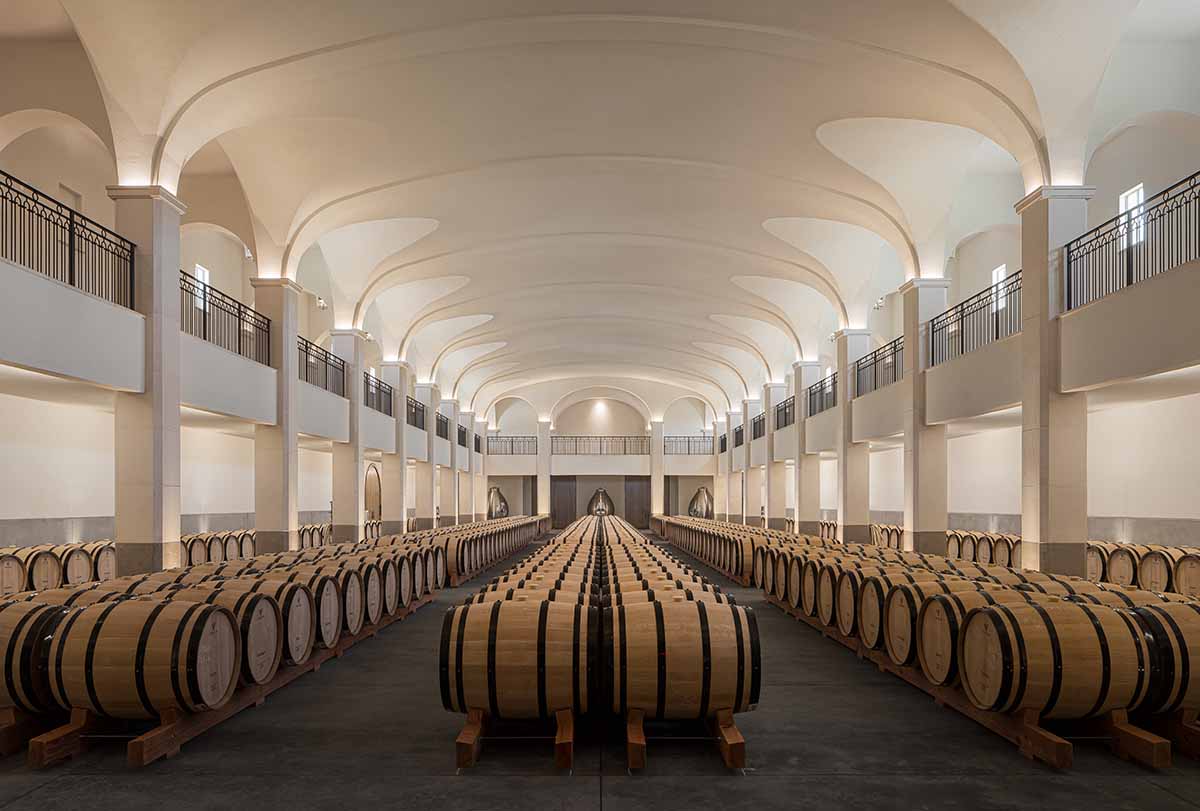
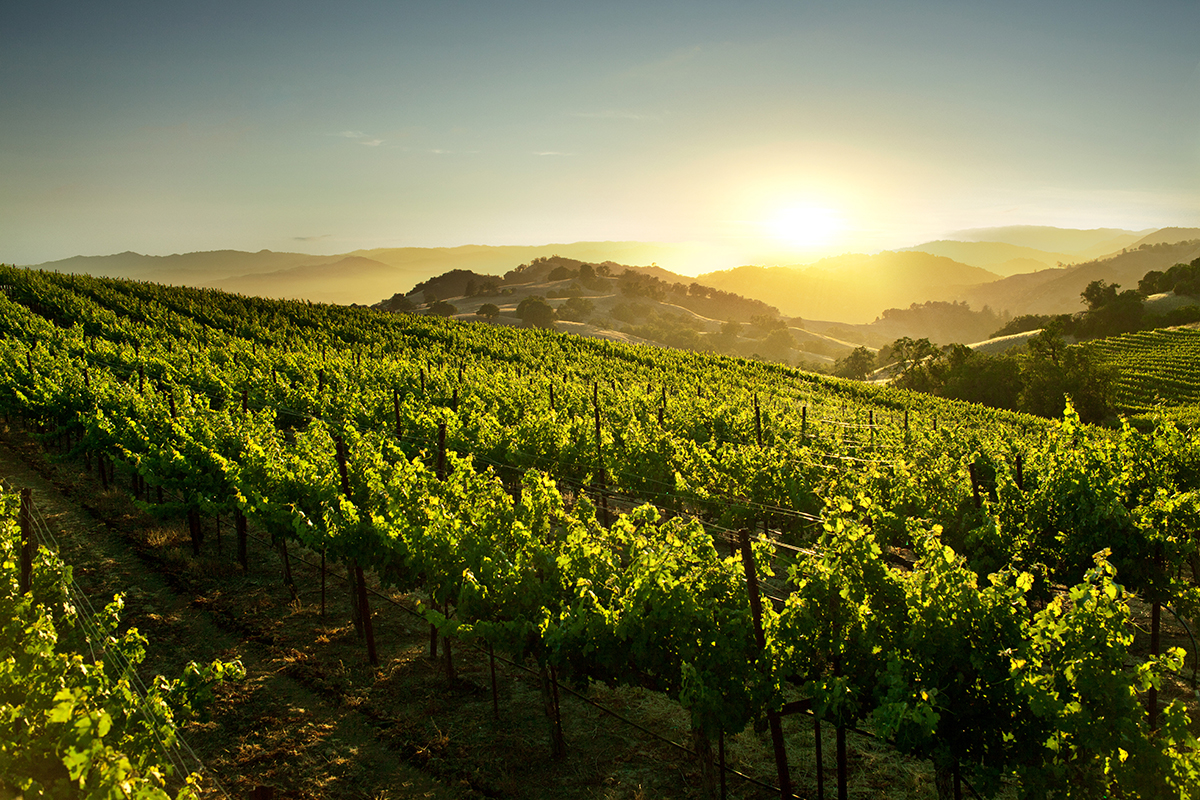
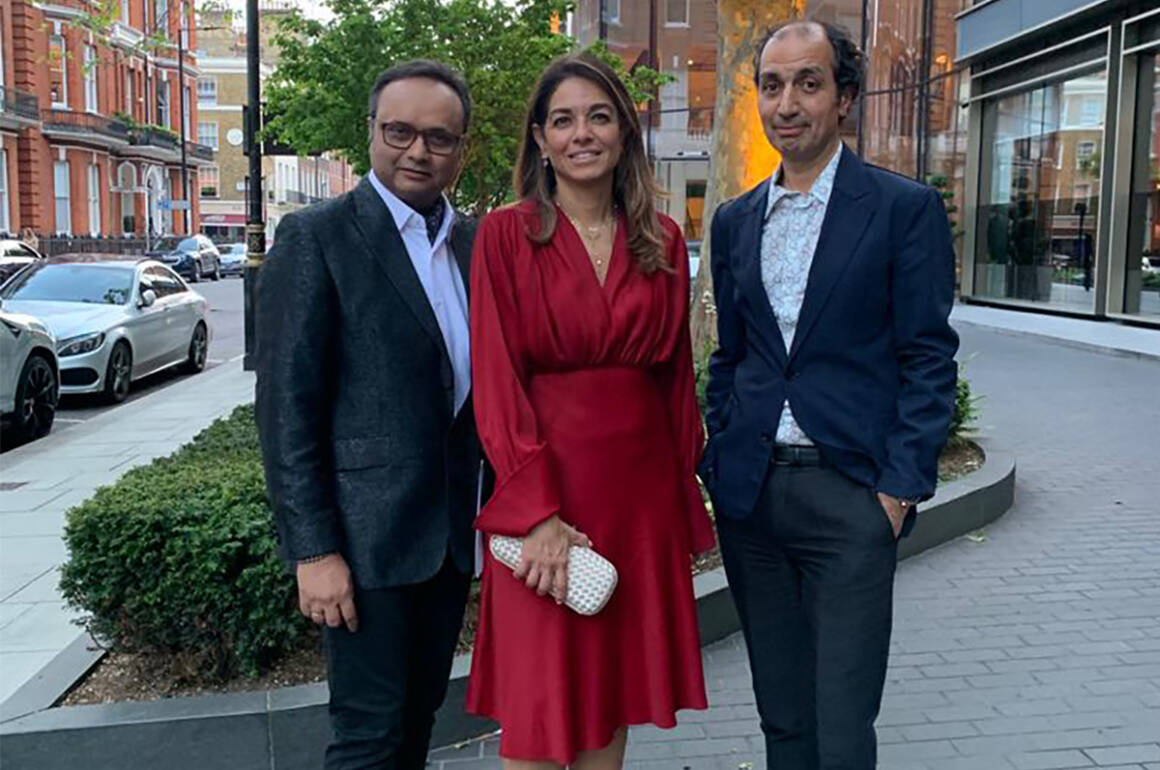
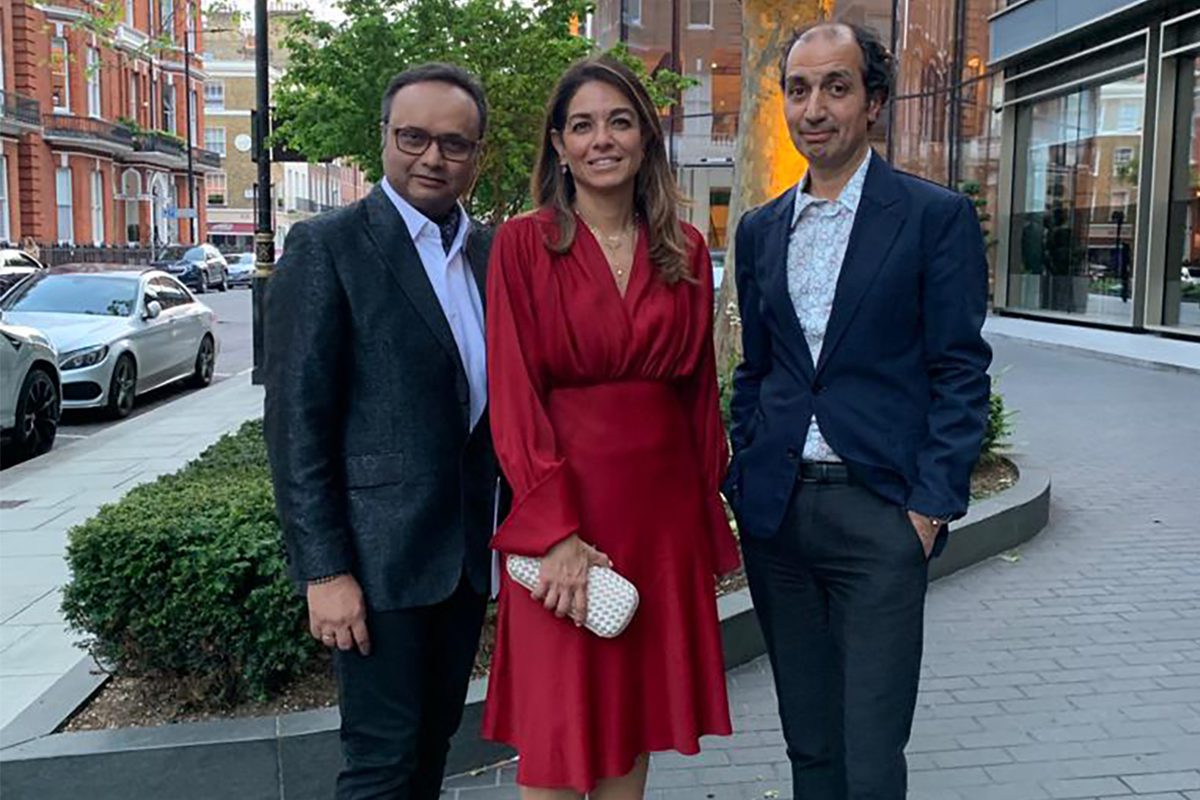
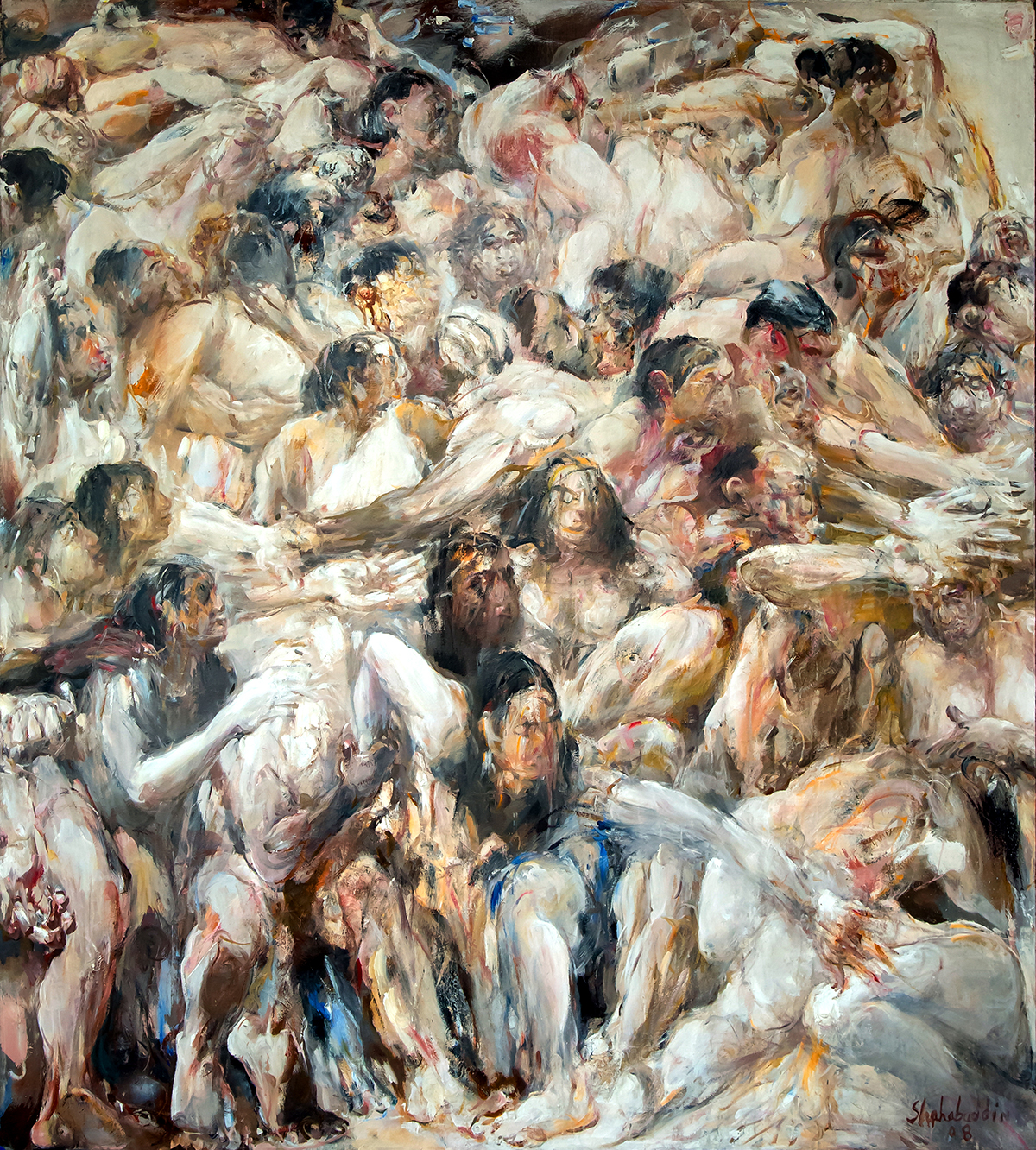
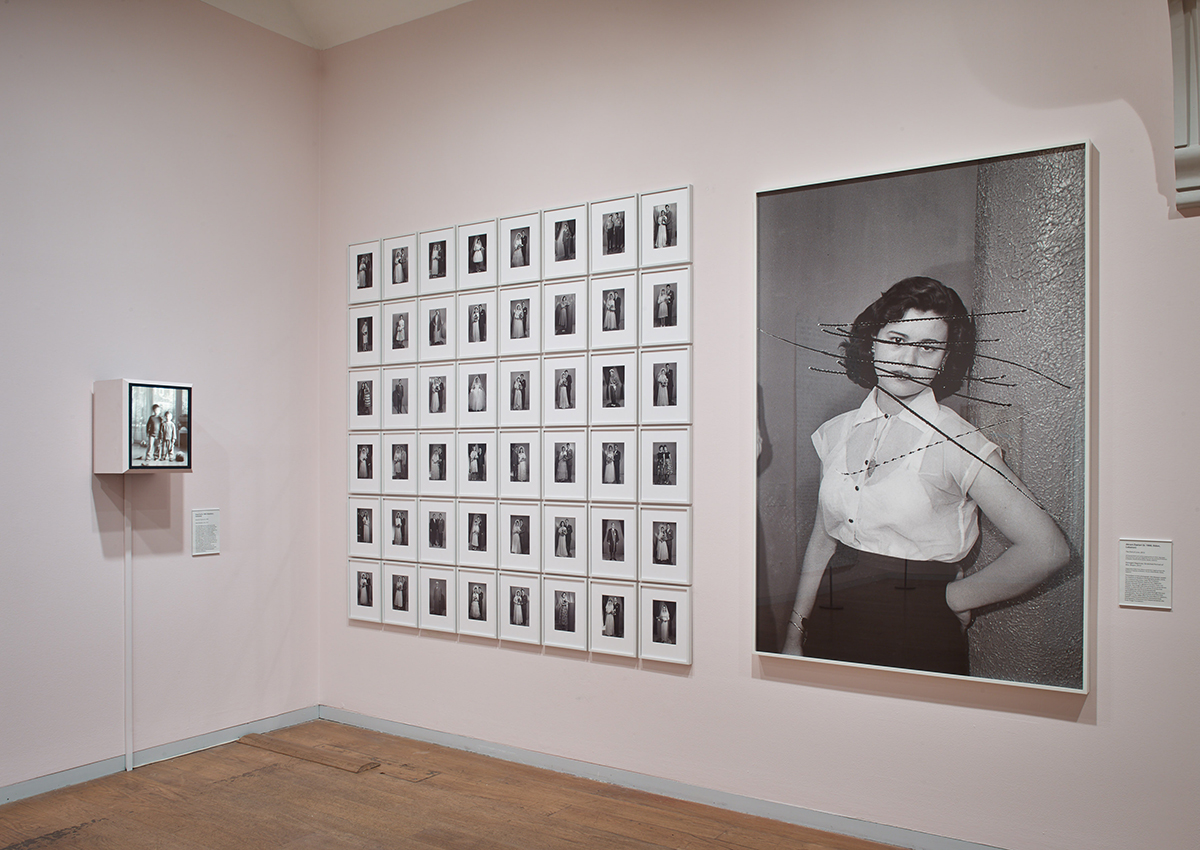

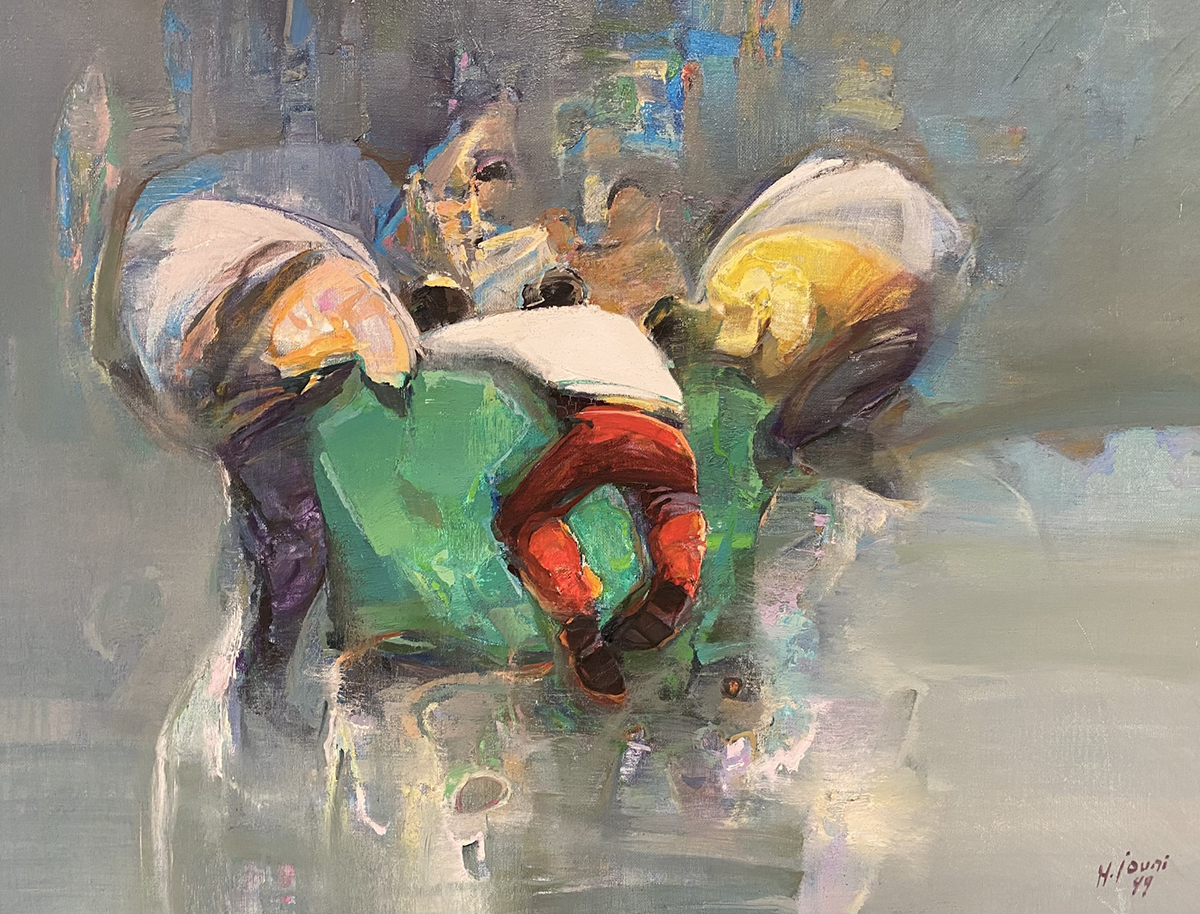
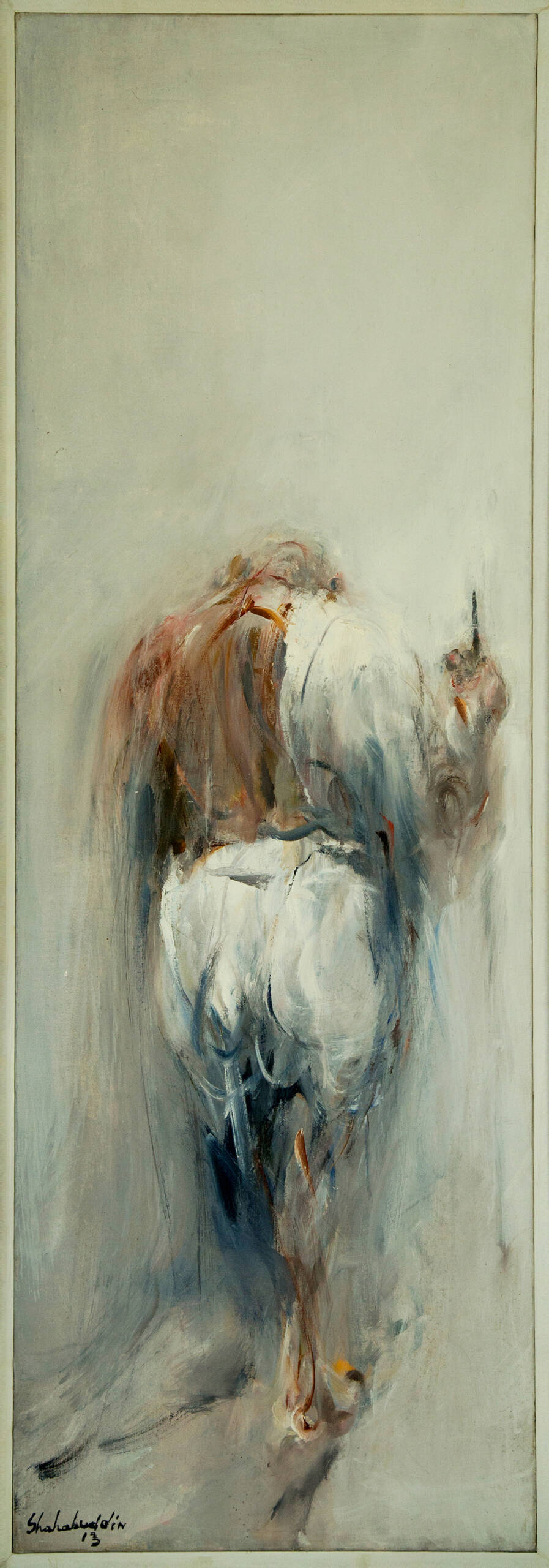
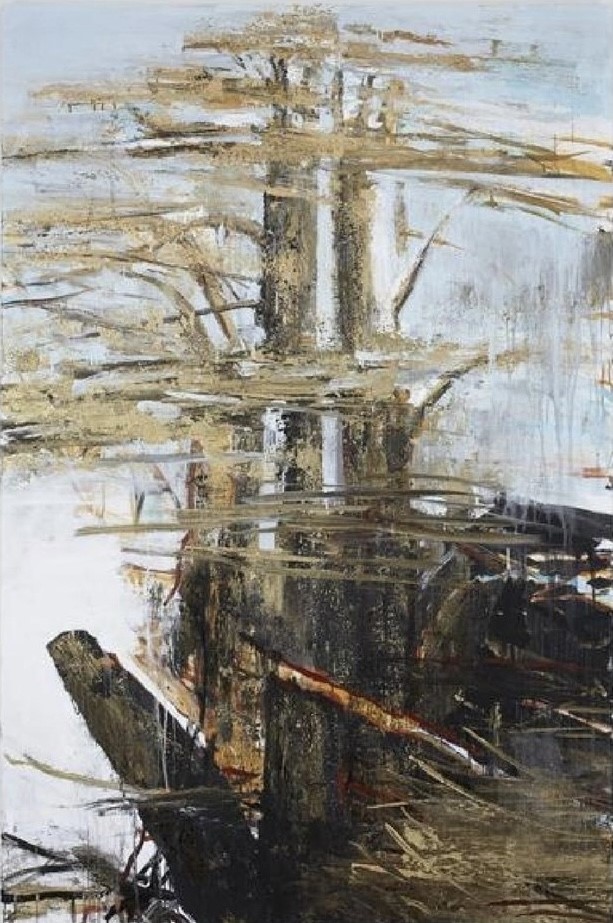


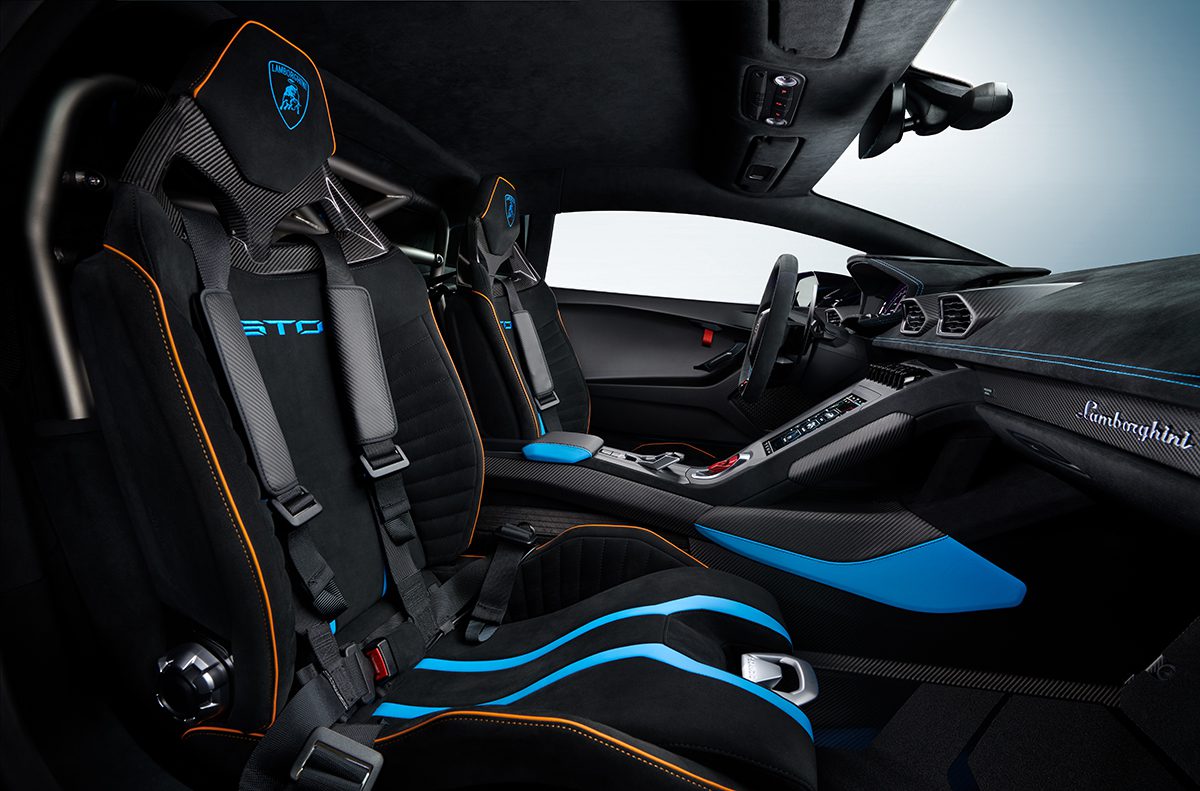

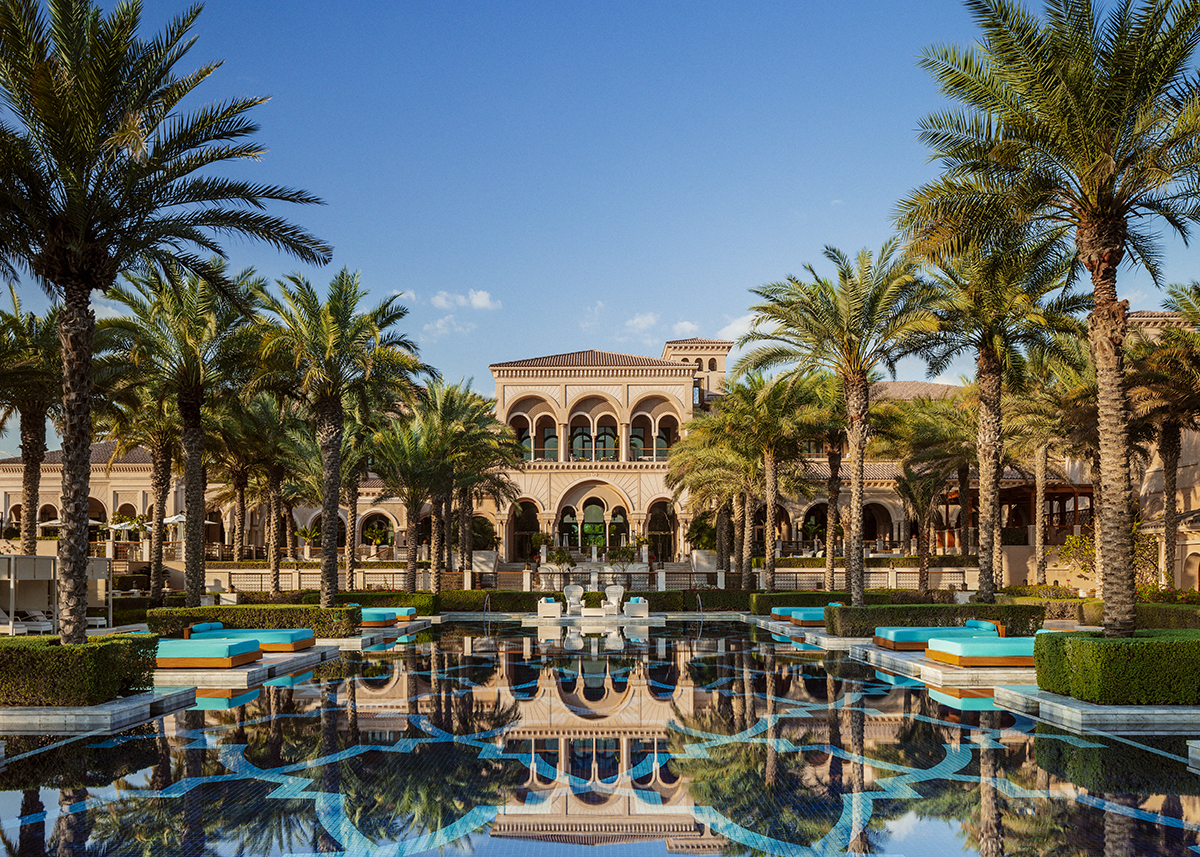
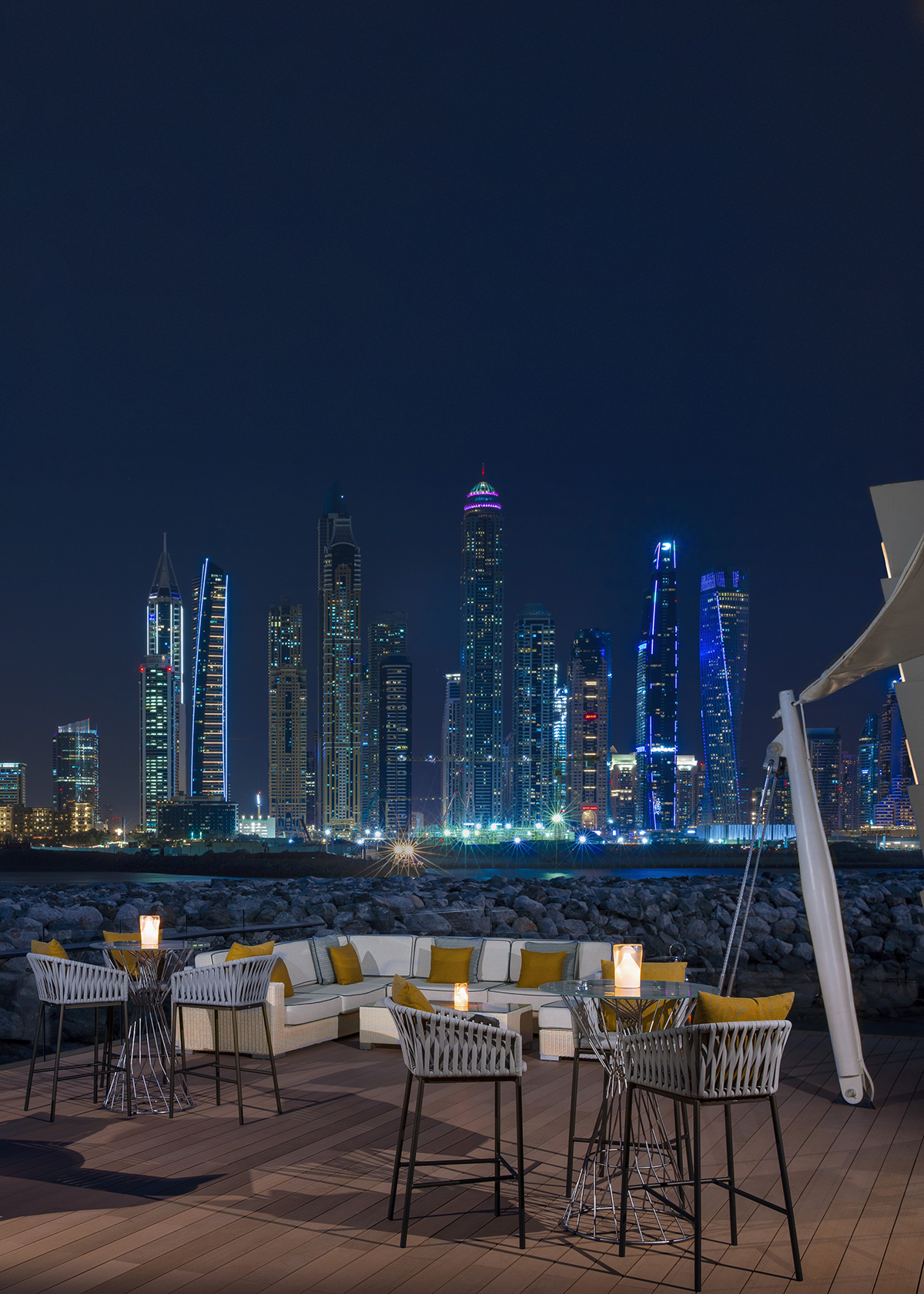
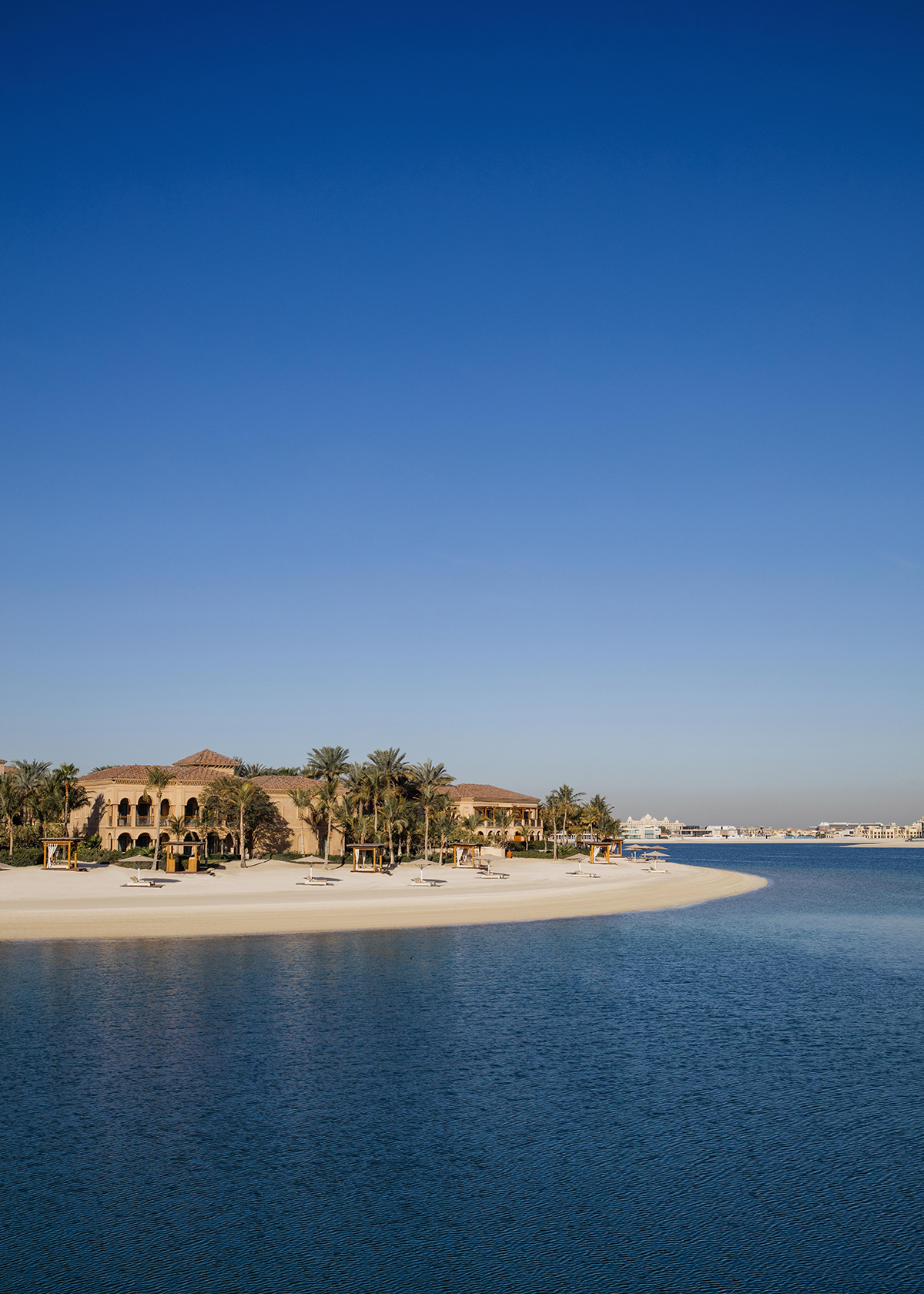



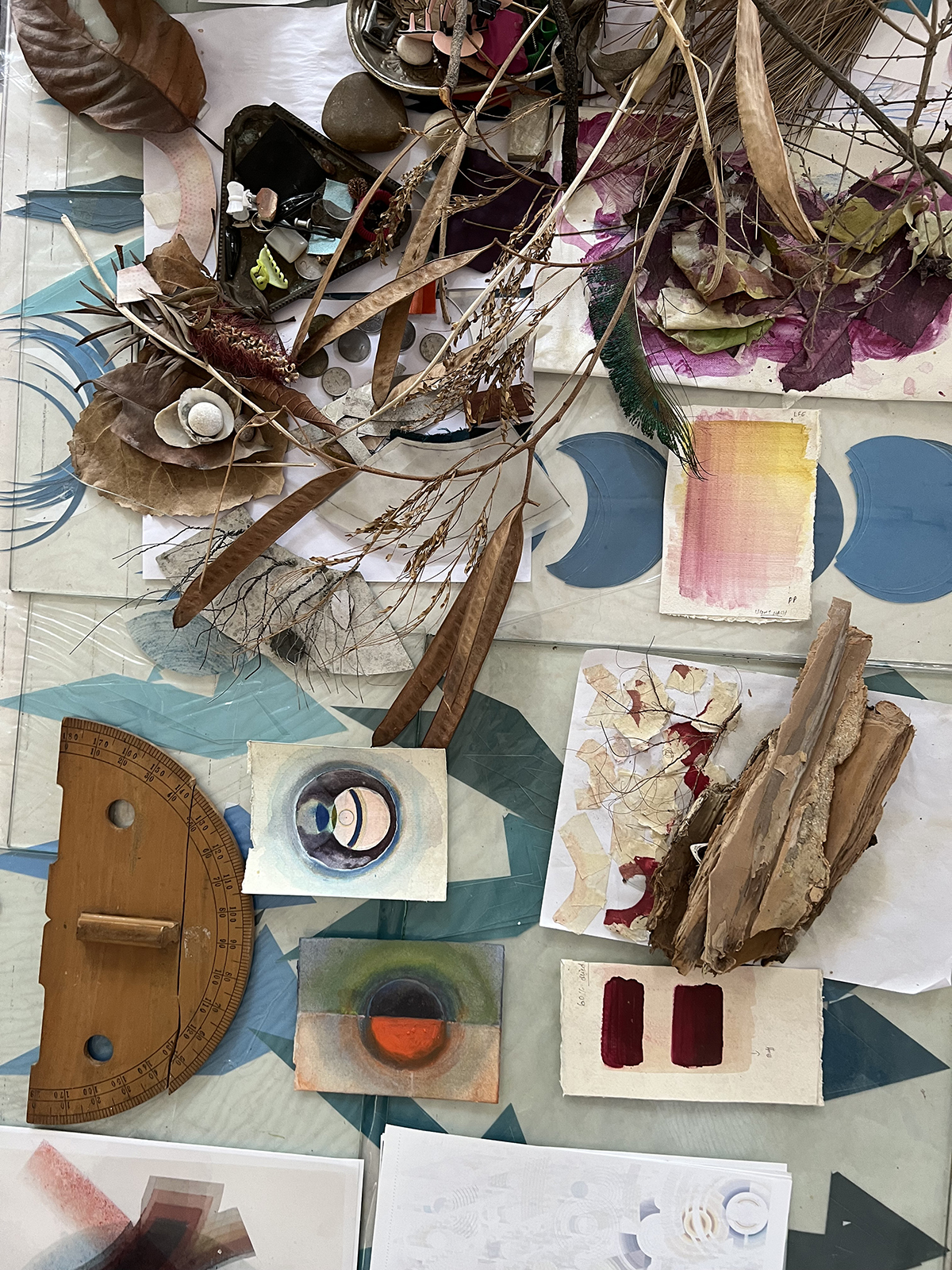
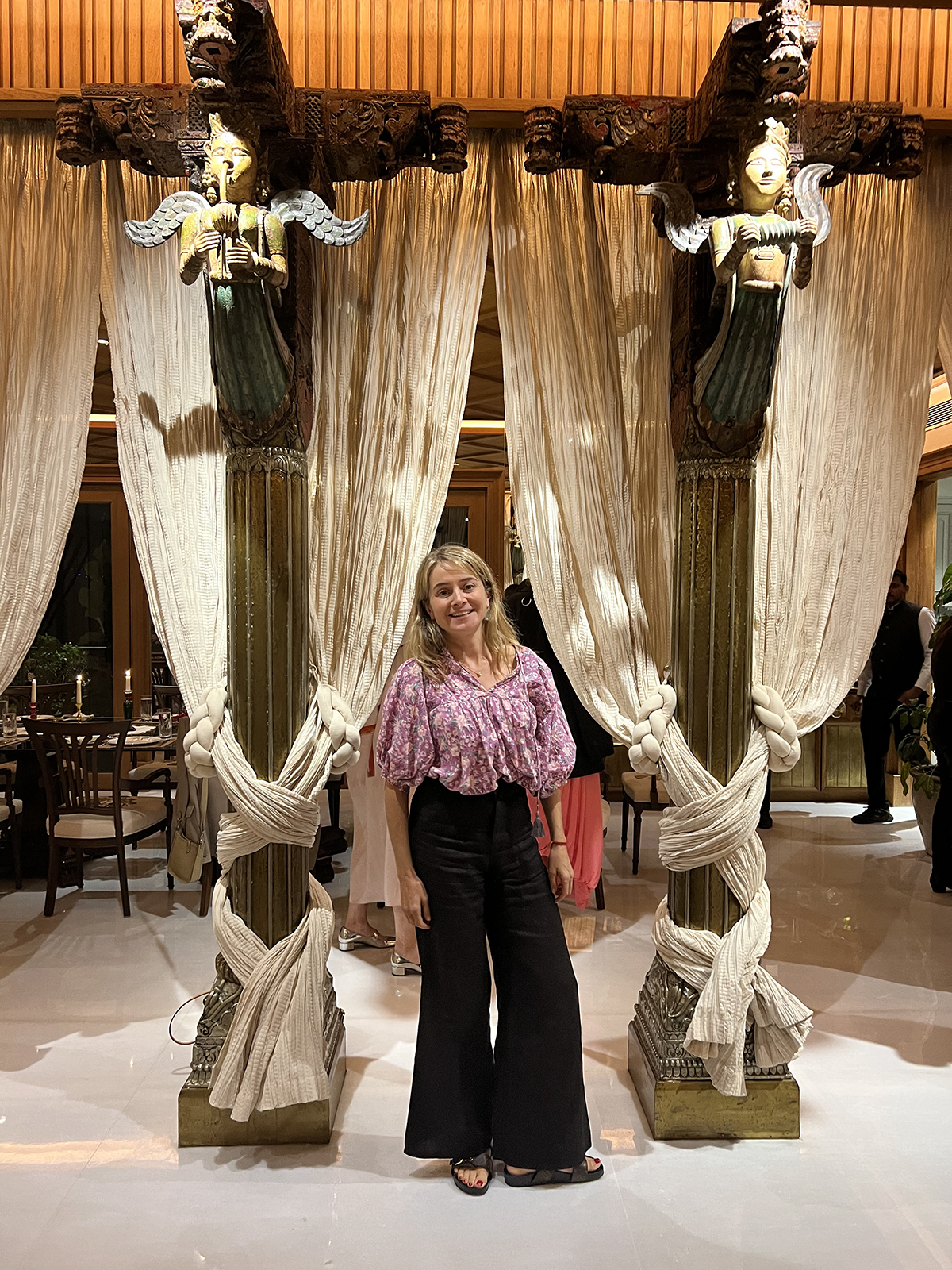







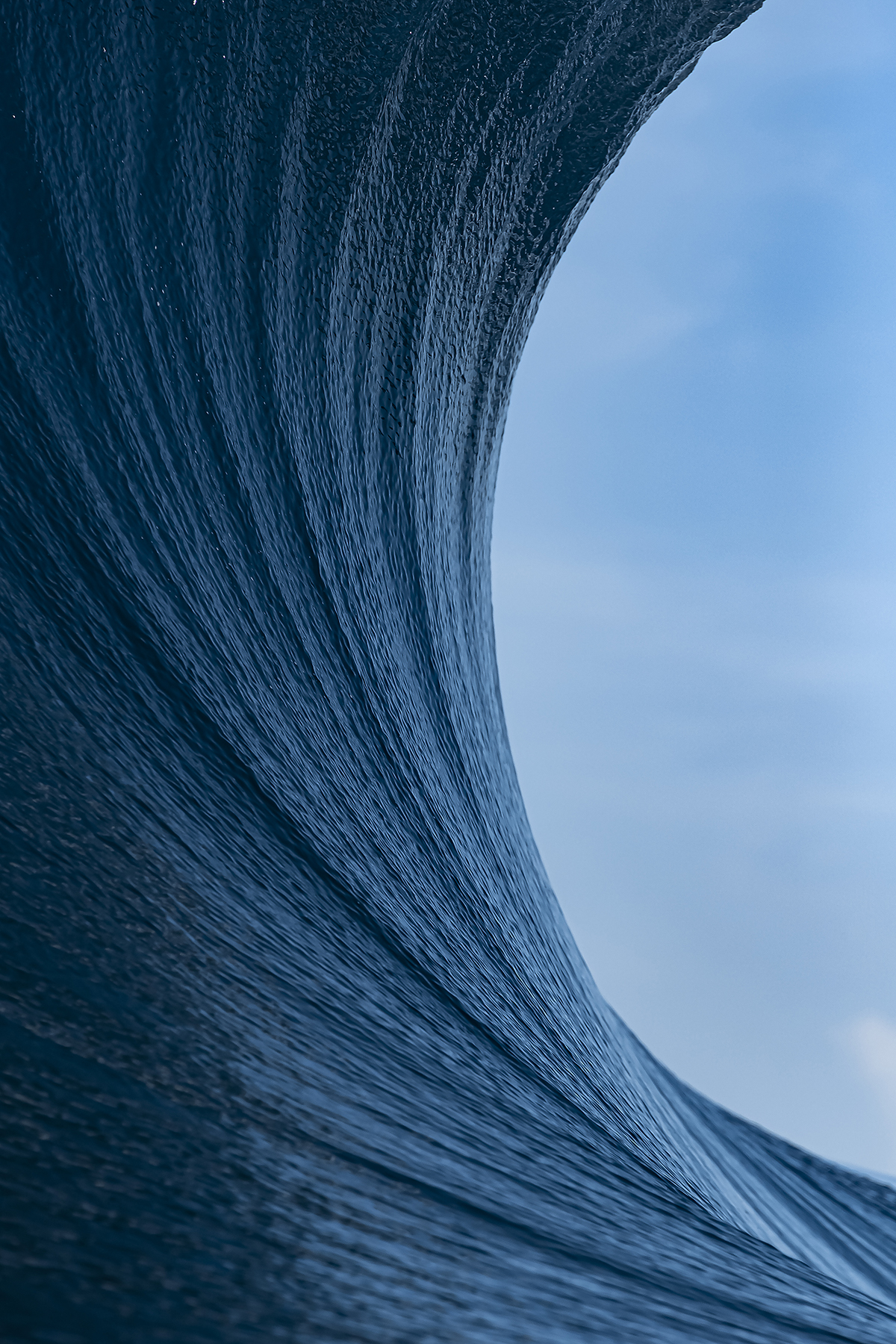






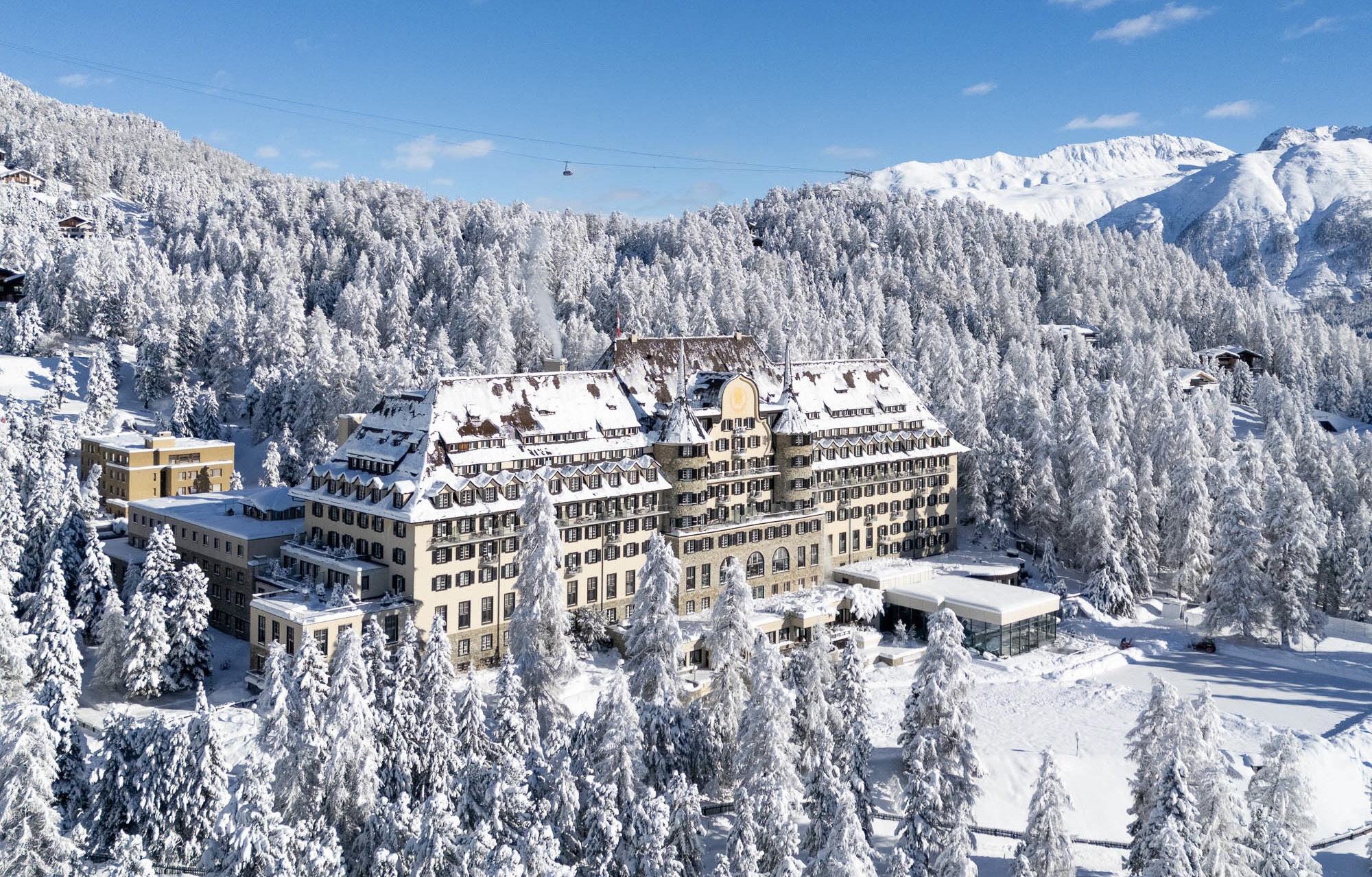

Recent Comments